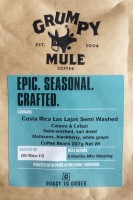 Welcome to Part II of what’s become my annual visit to Manchester for self-styled two-day Northern Coffee Party, Cup North. Last year, the inaugural Cup North was my favourite coffee festival: small, friendly and intimate. This year, having moved to a new venue, it felt more like a mini-London Coffee Festival, with multiple spaces and more buzz.
Welcome to Part II of what’s become my annual visit to Manchester for self-styled two-day Northern Coffee Party, Cup North. Last year, the inaugural Cup North was my favourite coffee festival: small, friendly and intimate. This year, having moved to a new venue, it felt more like a mini-London Coffee Festival, with multiple spaces and more buzz.
In Part I, I looked at the new venue, some of the exciting kit on display (including new manual coffee maker, Oomph, which launched its Kickstarter yesterday) and the competitions: the Tasters Cup, my favourite barista competition, and the (in)famous coffee-throwing championships! This week, in Part II, I’ll be focusing exclusively on coffee, while Part III will look at the rest of the coffee & food.
We start with a long-overdue catch up with Coopers Coffee, when I got a demo of The Dragon, a manual syphon method. I also got to play on a Victoria Arduino Black Eagle, while the wonderful folks at Origin let me have a go on a La Marzocco Strada. Finally, I set myself a challenge to convert some friends to the wonders of not putting milk or sugar in their coffee with some help from Grumpy Mule.
You can see how I got on after the gallery.
Coopers Coffee is a name I first came across at last year’s Cup North, but I didn’t know a lot about the company and failed utterly to get around to visiting the stand. This year, at the Glasgow Coffee Festival, I at least managed to say hello. For my pains I got two bags of coffee, which included an outstanding Tanzanian, in an exchange for a promise to visit the Coopers’ stand at Cup North. Three weeks later, there I was, minding my own business when Becki, Coopers Scottish Area Manager (aka Glasgow Coffee Girl), tracked me down…
Coopers is based in Huddersfield, and, in the year since the inaugural Cup North, I’d heard a bit more about it, including Gordon from York’s The Attic, who described it as a powerhouse of speciality coffee in the early 2000s. Since then, Coopers has undergone a lot of changes, including being bought by a company which has gone on to become UCC Coffee. A few years ago, Coopers was reborn, effectively operating at UCC’s speciality coffee arm, supplying coffee equipment to the industry across the UK.
Coopers’ particular claim to fame is as one of two UK distributors of both the Victoria Arduino Black Eagle and Mythos Grinder. Coopers also supplies coffee, which is roasted both under its own name and under two UCC brands, 360 Degrees Coffee and UCC White Label. This includes espresso blends and single-origins, mostly roasted for filter. That said, you won’t find Coopers’ coffee in many speciality coffee shops, despite UCC’s Head of Coffee Development, Gayan, winning this year’s Tasters Cup. Instead you’ll find the 360 brand in the likes of Waitrose, while a lot of Coopers coffee is going into high-end restaurants, part of a movement that’s upping the coffee game outside of the speciality coffee shop market. This means supplying high-quality coffee, along with plenty of support and training, which can only be a good thing.
However, it was something else which caught my eye on the Coopers stand. There, next to a row of syphons, was The Dragon from Todd Carmichael of Philadelphia’s La Colombe. I’d only ever seen The Dragon on a shelf before then. A cross between cafetiere, pour-over filter and syphon, I was intrigued to see it in action, so I asked for a demonstration.
Initially, it all seems very familiar. A filter paper goes in a big chamber, then in goes the ground coffee, over which you pour hot water. Normally, at this stage, most baristas would give it a good stir to ensure that the grounds are fully and evenly saturated, but not with The Dragon. Instead, water, at room temperature, is poured around the sides of the main chamber. The difference in temperature creates stimulation, which is similar to stirring, and quite impressive to see (as well as hard to photograph!).
So far, this is similar to an immersion technique such as a cafetiere or Aeropress. However, like a syphon, The Dragon uses a vacuum to draw the coffee through the filter once extraction is complete. Unlike the syphon, though, which relies on the heat source both to heat the water and to create the vacuum, The Dragon has a manual pump which enables you to precisely control when the extraction ends and the coffee is filtered through.
The end result was a very drinkable cup of coffee. As a method, I found it took a lot of the body out of the coffee, so it won’t suit some beans, but if you are looking for something that will highlight the subtle notes in a delicate coffee, this could be for you. Whether it’s worth the considerable price tag and effort is another matter entirely!
You can see what happened when I had a go on Coopers Black Eagle after the gallery.
Before leaving the Coopers stand, I had a play on the Black Eagle, which was on display with a couple of Mythos 1 grinders. Both the Black Eagle and Mythos have been designed for stability, aiming to produce coffee to a consistently high standard. The Mythos, for example, has heated burrs which are mounted on a slant, dropping the ground coffee straight into the portafilter to reduce waste. An on-demand grinder, with programmable dosing, you simply push the button with portafilter and the grinder deposits the precise dose into the basket.
Similarly, the Black Eagle has heated group heads and is fully programmable through a simple LED display/interface. Each group head has three buttons, each of which can be programmed with temperature, pressure and extraction time, giving you a really flexible machine. After Becki from Coopers had demonstrated its capabilities by making me a very fine flat white, I had a go and pulled a creditable espresso shot (using a 27 second manual extraction), Becki being sufficiently confident of the dose and accuracy of the timer that we didn’t weigh our shots. My espresso shot was okay (the best one I’ve pulled at a show) while Becki’s flat white really was very good, the milk in particularly being lovely and creamy.
However, that wasn’t the only espresso shot I pulled at Cup North. Origin, which had come all the way from Cornwall, had brought a La Marzocco Strada along and I was fortunate enough to be let loose on it when no-one was looking. The Strada has some features in common with the Slayer which I’d used three weeks before at the Glasgow Coffee Festival. For example, it has paddles, although Origin had set them up to act as a simple off-on switch, with off all the way to the right and on (full pressure) all the way to the left. However, you can programme the group heads to give you full control over the pressure profile if you like (probably just as well it had been kept simple with me at the controls!). You can also individually programme each group head to a specific temperature.
Anyway, we used Origin’s Pathfinder espresso blend and I followed the usual steps which I’d learned at barista school: grind, tamp, attach the portafilter to the group head, then off we go. My resulting shot was okay, although as often seems to be the case, I pulled it slightly long/over-extracted. However, it didn’t taste that bad, probably mid-way between what I’d managed on the Slayer and the Black Eagle.
Unlike Becki, the guys at Origin were happy to let me loose with the milk, although they were sensible enough to steam it for me. The resulting latte art was all my own work and, while showing room for improvement, the actual flat white I made tasted pretty damn good!
After all that espresso, you can read about a little filter coffee challenge I set myself with the help of my friends at Grumpy Mule.
I have a little confession to make: I spent about 20 years making coffee I didn’t like and turning into coffee I did like by adding milk to it. Then I started the Coffee Spot and had my eyes opened to a whole new world of coffee, one where I could make coffee I liked without having to add anything to it. I should add that I’m talking specifically about filter coffee here; I always enjoyed a straight espresso in my pre-Coffee Spot days and even now I love a good flat white. However, when it comes to filter coffee, I’m firmly in the drink-it-black camp; if I have to put milk in it, I consider myself to have failed.
Now, I’m the first to accept that this is a matter of personal taste; I have another mantra which goes like this: “if you like how it tastes, you’re making it right”. That said, having had my own lightbulb moment when it comes to filter coffee, I’m always keen to give others that opportunity. After all, if I hadn’t started the Coffee Spot, I’d probably still be drinking dark-roasted coffee and sticking milk in it. So, when, at the end of the summer, I met up with some friends who confessed to putting milk and sugar in their coffee to “make it drinkable”, I set myself a challenge, one which I passed on to Howard of Grumpy Mule when I ran into him a month or so later.
The challenge was simple: I asked Howard to provide me with a couple of coffees which I could try on my friends, the aim being to show them what coffee can taste like without milk and sugar. Howard, bless him, accepted my challenge immediately and, when we met up at Cup North, he handed over a couple of bags of coffee, Grumpy Mule’s Landscape espresso blend, and a single-origin Costa Rica.
Howard suggested that I start with the Landscape, which he described as a middle of the road coffee, something that wouldn’t scare my friends off if they weren’t used to speciality coffee. As I often do with espresso blends, I ran it through my cafetiere. Keen to see what I was going to be subjecting my friends to, I’ve been having it as my morning cup of coffee over the last couple of weeks (I had one this morning before finishing this post in fact). It’s a lovely coffee, rich, full-bodied but quite smooth and mellow, nothing too challenging for my palate first thing in the morning!
The joker in the pack, however, was the Costa Rica Las Lajas Semi Washed, a mix of Caturra and Catuai varietals. I’d asked Howard for something sweet and he didn’t let me down. I tried this in my Aeropress and it was outstanding, a really sweet, fruity, complex coffee. So, so lovely.
So there I was, in possession of a wonderful cafetiere coffee for first thing in the morning and a really lovely Aeropress coffee for my post-lunch cup. Sorted. My friends didn’t really need converting, did they? It’s mine, precious, all mine…
However, I’d promised Howard, so last weekend I dragged myself over to see my friends, Mel and Graham, and tried the coffee out on them. They’d also invited a couple of mutual friends, Mo and Traci, over to try the coffee as well. The more, the merrier I say [no, no, my precious, that’s more of MY coffee that they’ll be drinking].
We started with the Landscape and it went down very well, but I could see that they weren’t convinced. The coffee was nice, yes, and no-one tried to put milk in it (I had said beforehand that they were allowed to put milk in it once they’d tried it and that I wouldn’t be offended or disown them forever if they did…). However, there was no wow factor. Then I brought out the Costa Rica and it was a very different story.
This was the wow factor I’d been looking for, similar to my own lightbulb moment. Opinions and reactions varied, but everyone really liked it and there were several comments along the lines of “this tastes really different [from coffee]”. With hindsight, I should have taken notes… And photos… That said, you really had to be there: it was wonderful to watch.
So, I consider my experiment a success, so successful in fact that I felt obliged to leave the bag of Costa Rica behind with them. They really did like it that much. Oh, but it hurt to be parted from it. I’m still in mourning…
If you’ve enjoyed my write-ups of Cup North, come back next week to check out Part III. Cup North also won the 2015 Coffee Spot Award for Best Saturday Supplement.
In the meantime, see what these lovely fellow bloggers have to say about it: yummyfoodmakesmehappy, Commodities Connoisseur, Ellie Gibbs, The Manchester Tart, Gin Fuelled Bluestocking, Sip Scoff Scribe. If you’ve written a blog on Cup North and I’ve missed you out, do let me know.
If you liked this post, please let me know by clicking the “Like” button. If you have a WordPress account and you don’t mind everyone knowing that you liked this post, you can use the “Like this” button right at the bottom instead. [bawlu_buttons]
Don’t forget that you can share this post with your friends using the buttons below.

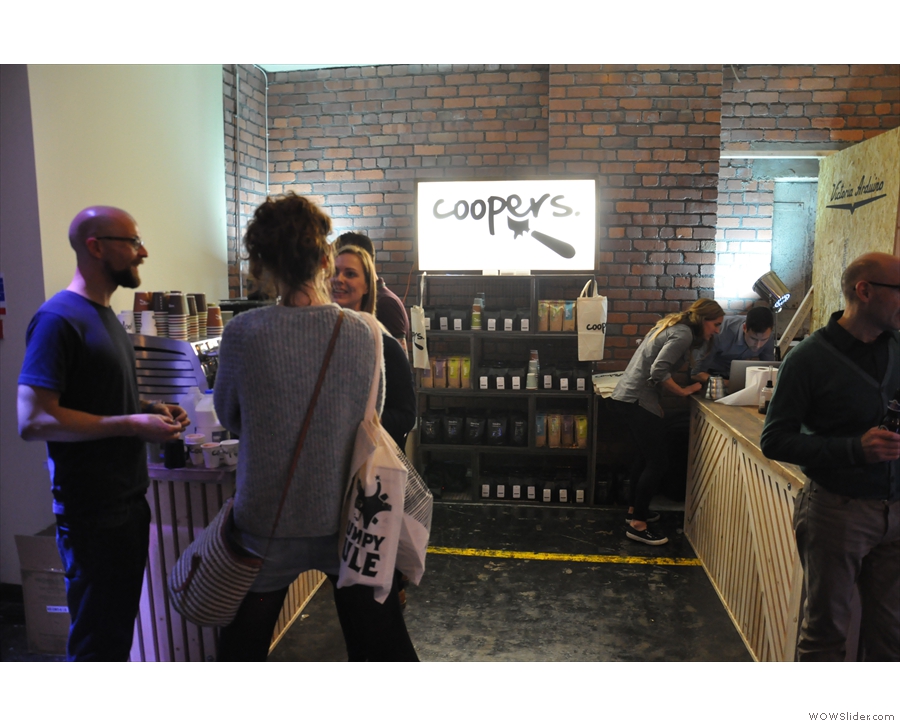
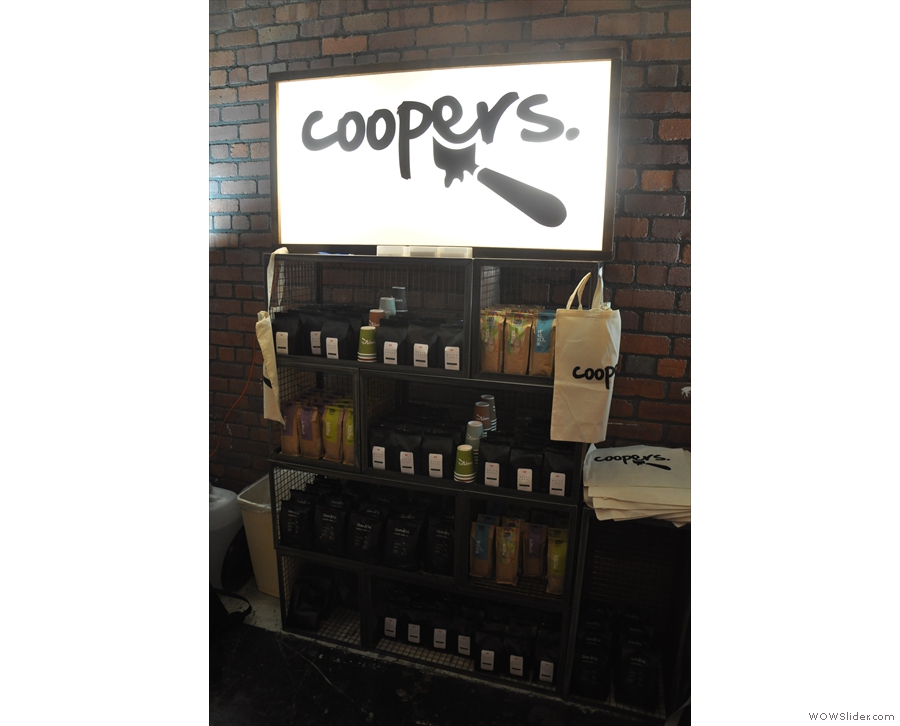
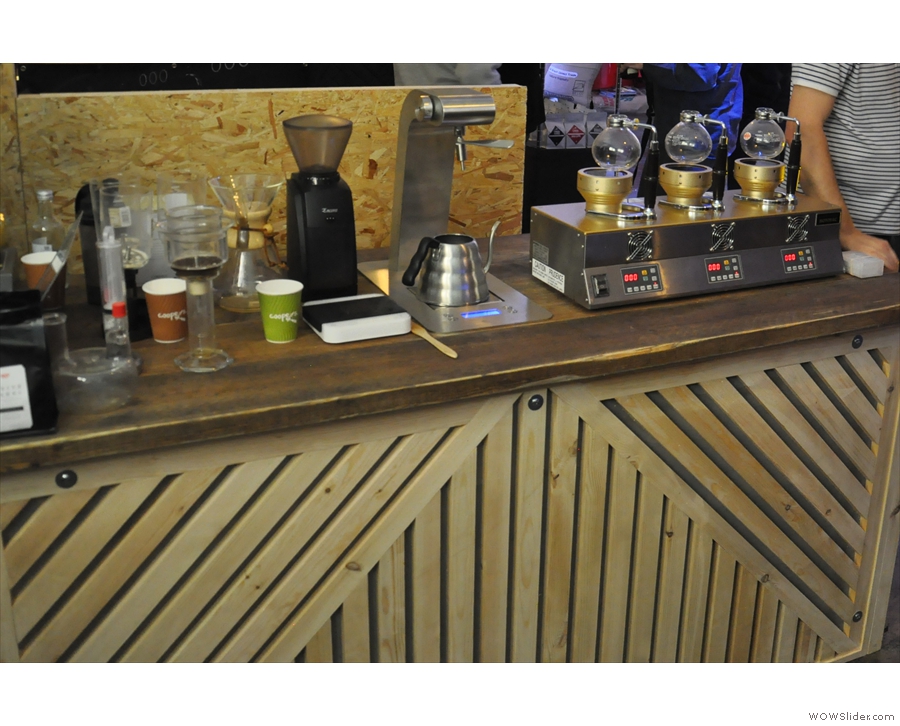
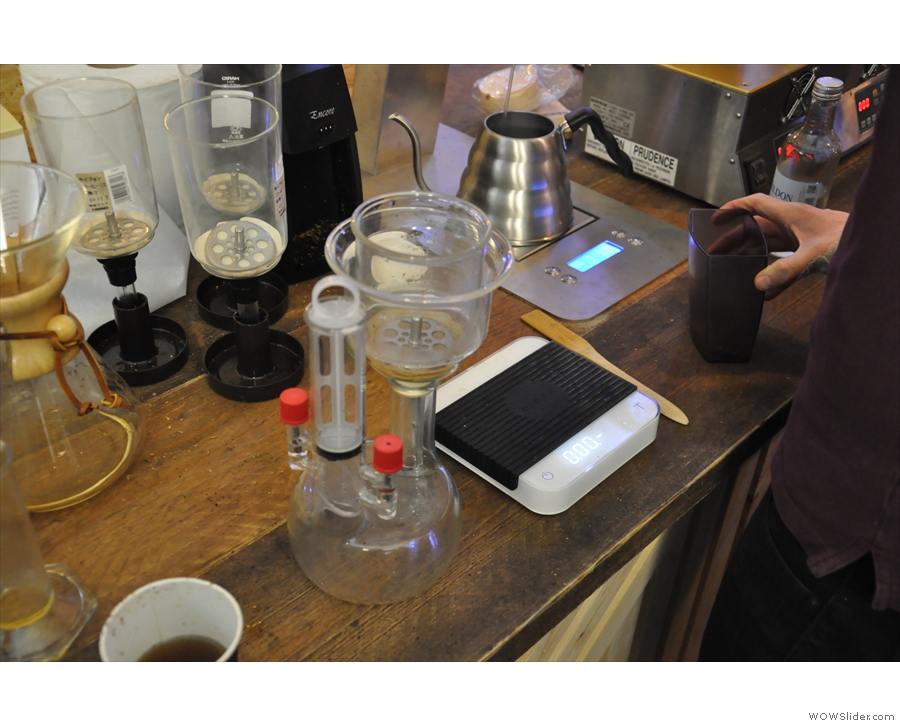
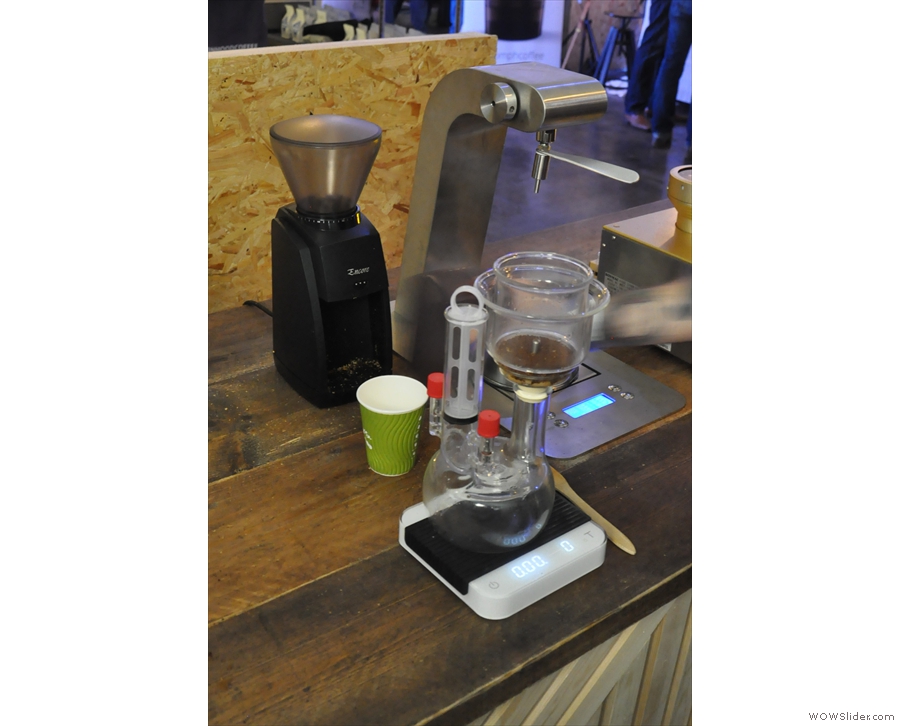
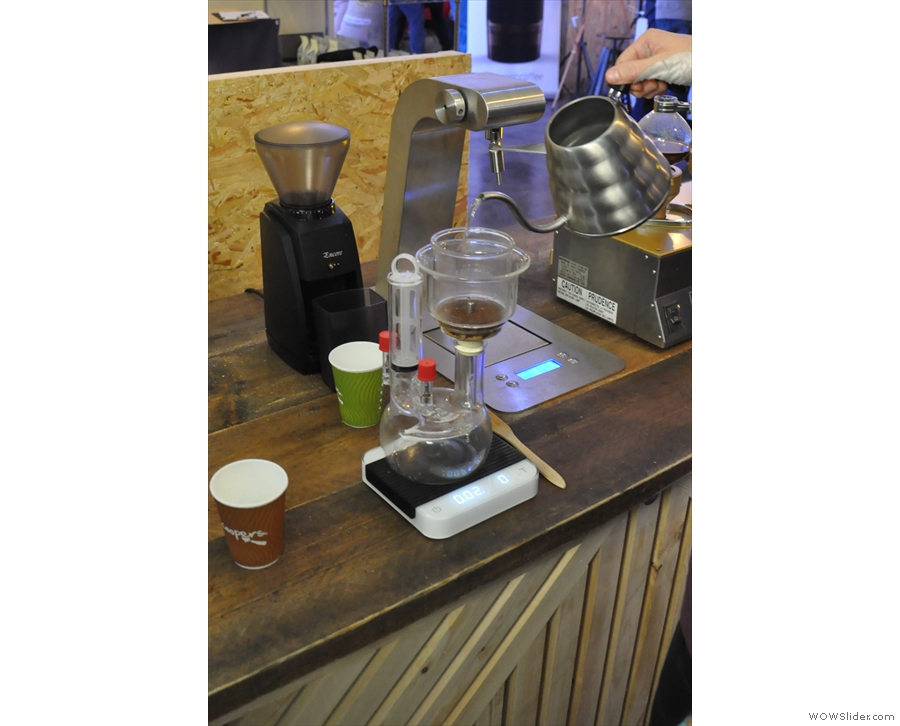
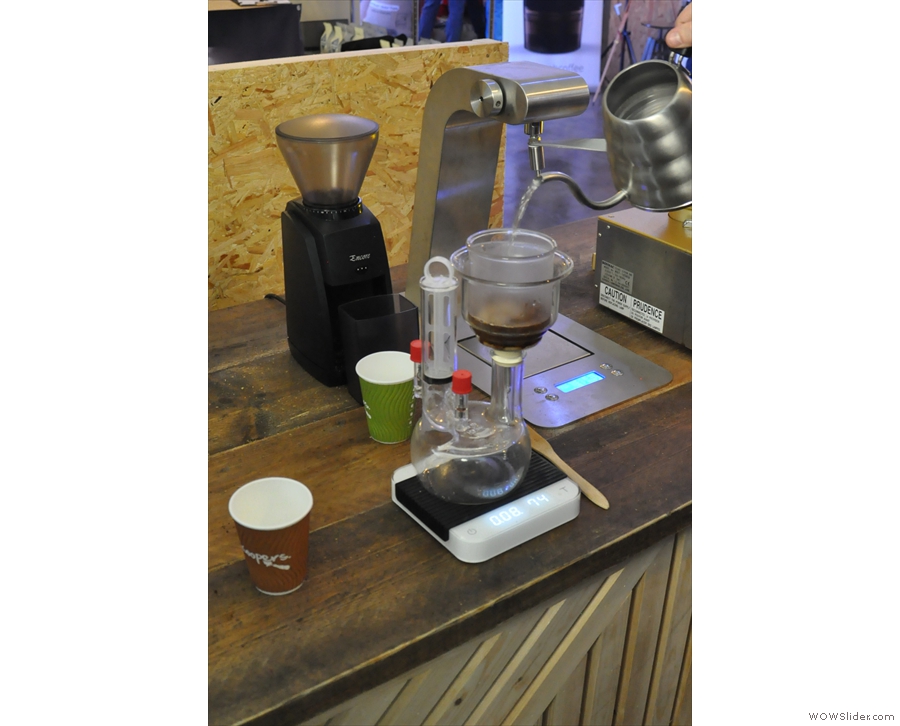
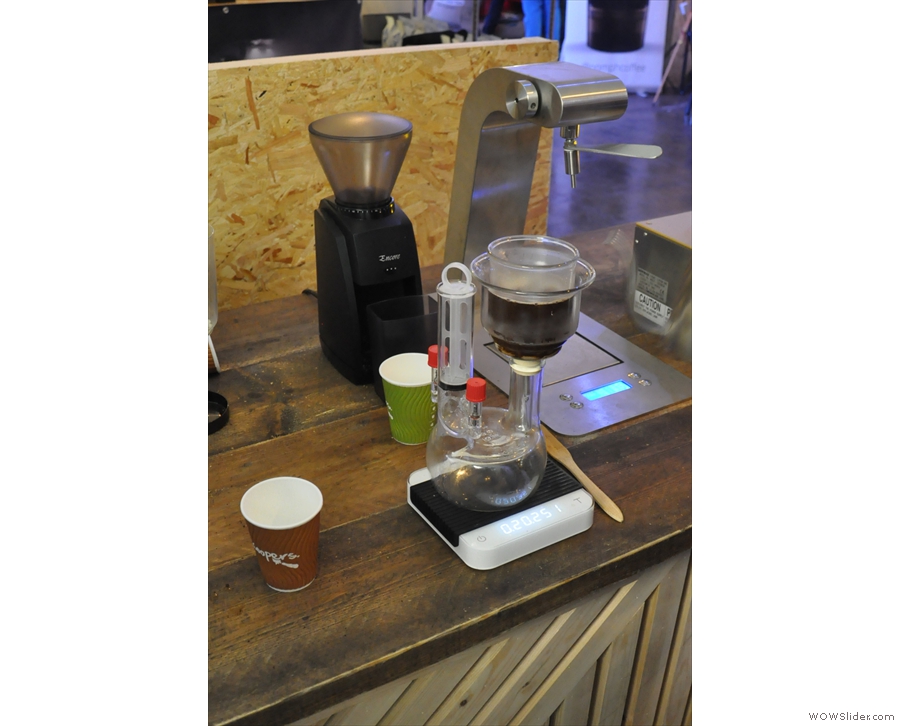
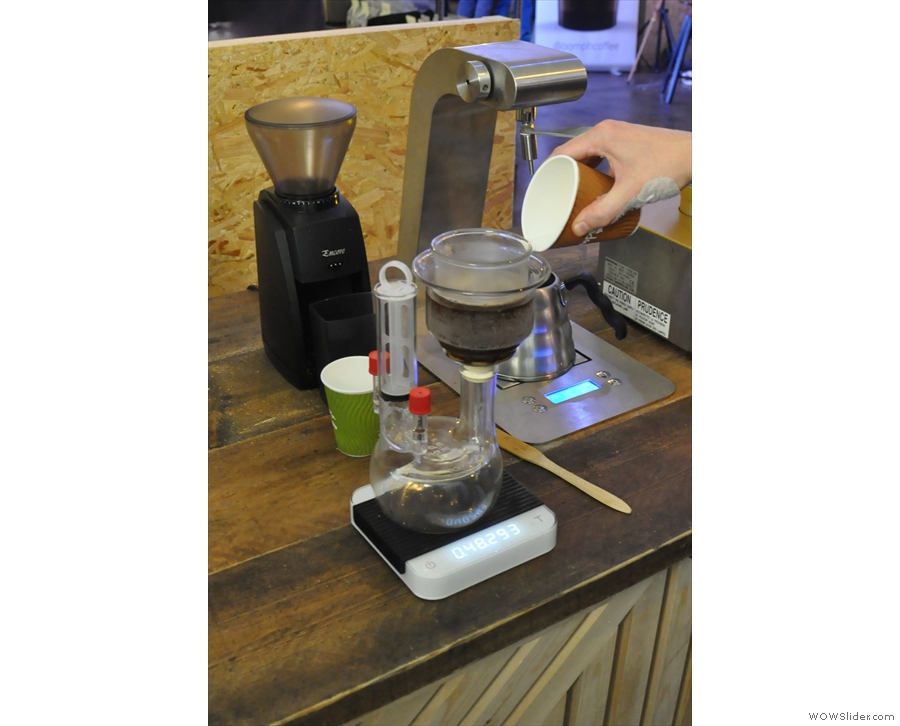
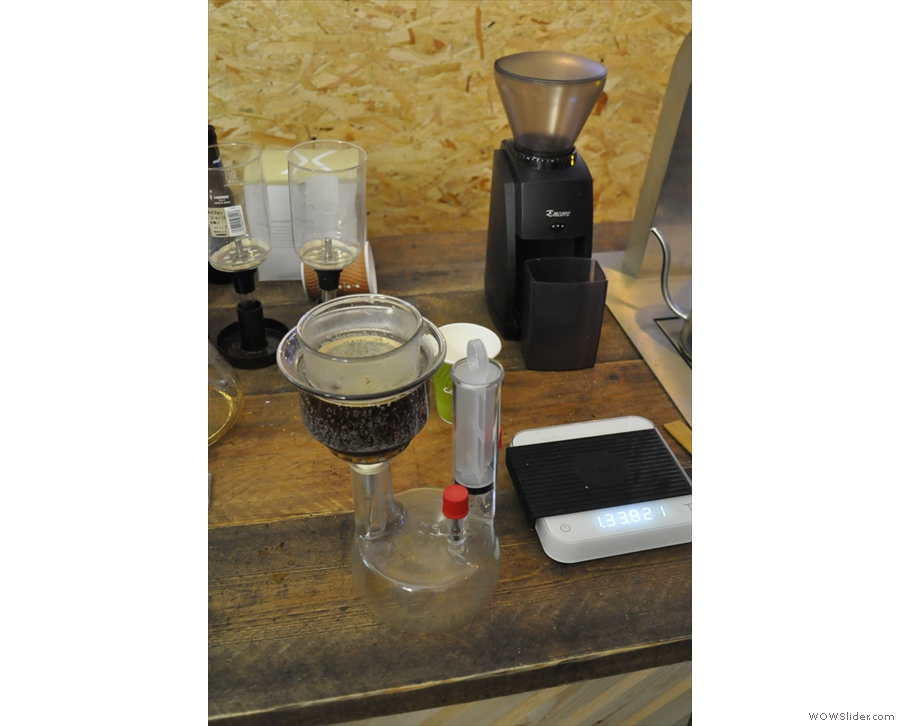
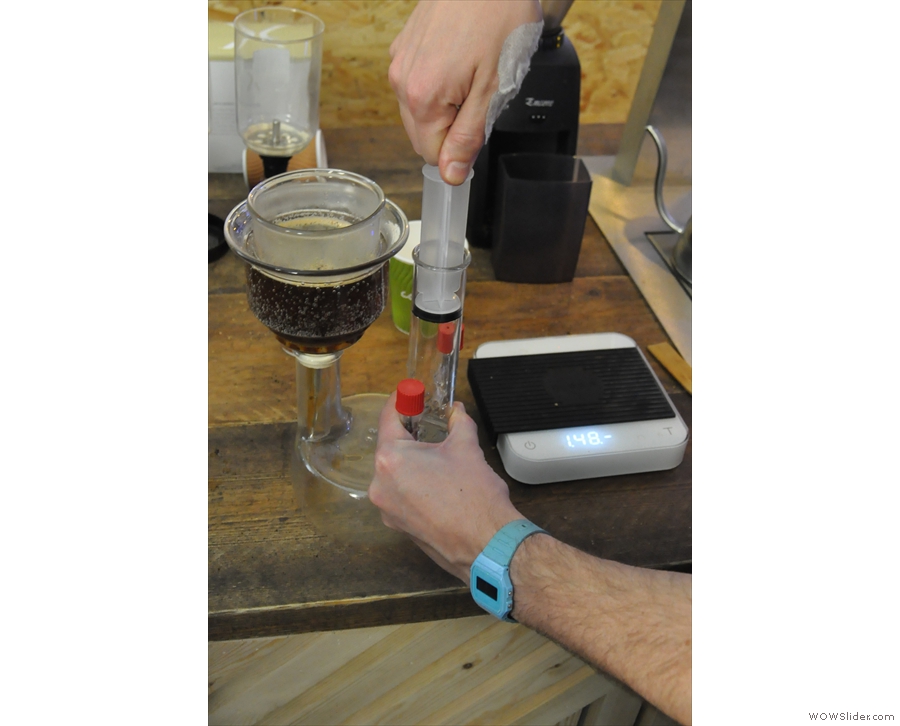
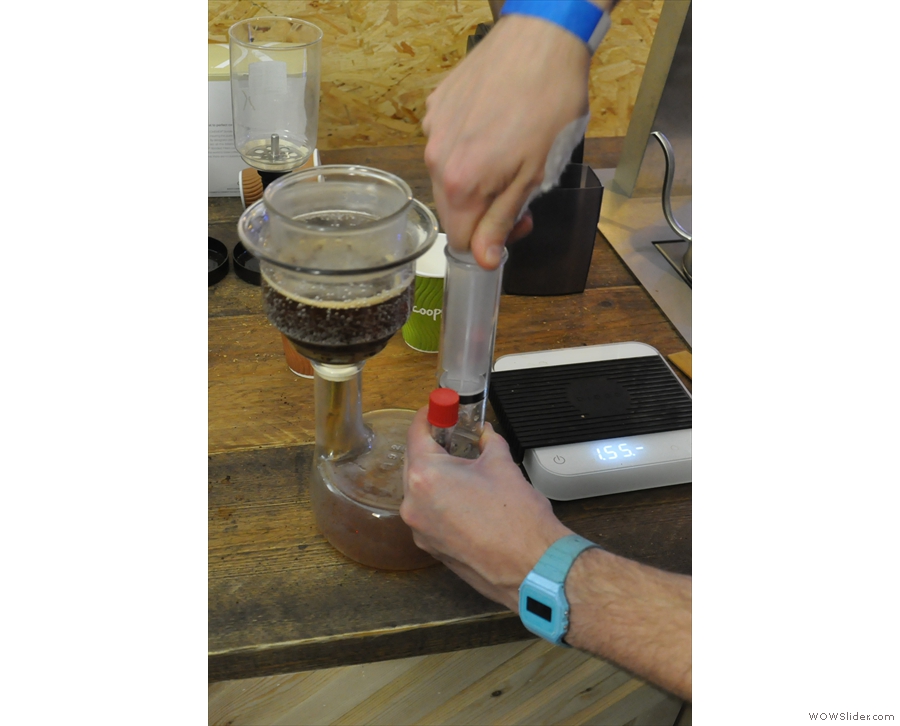
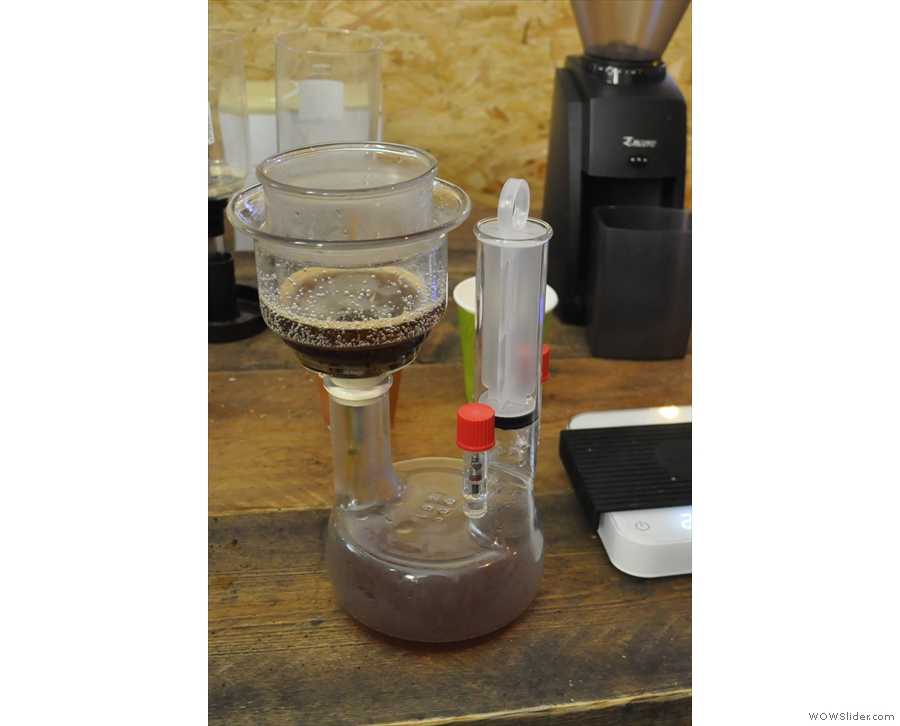
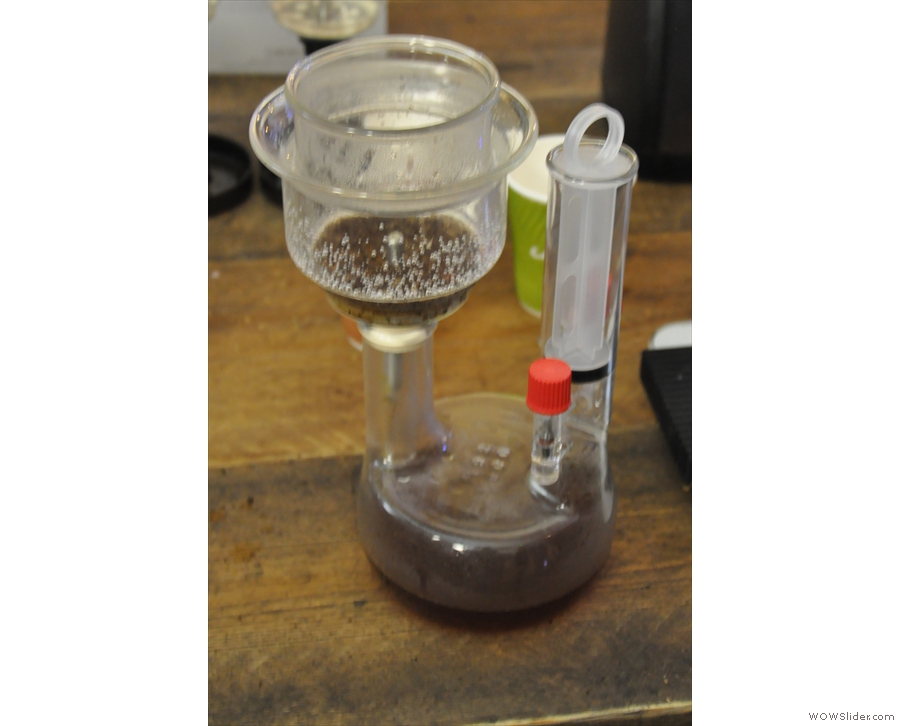
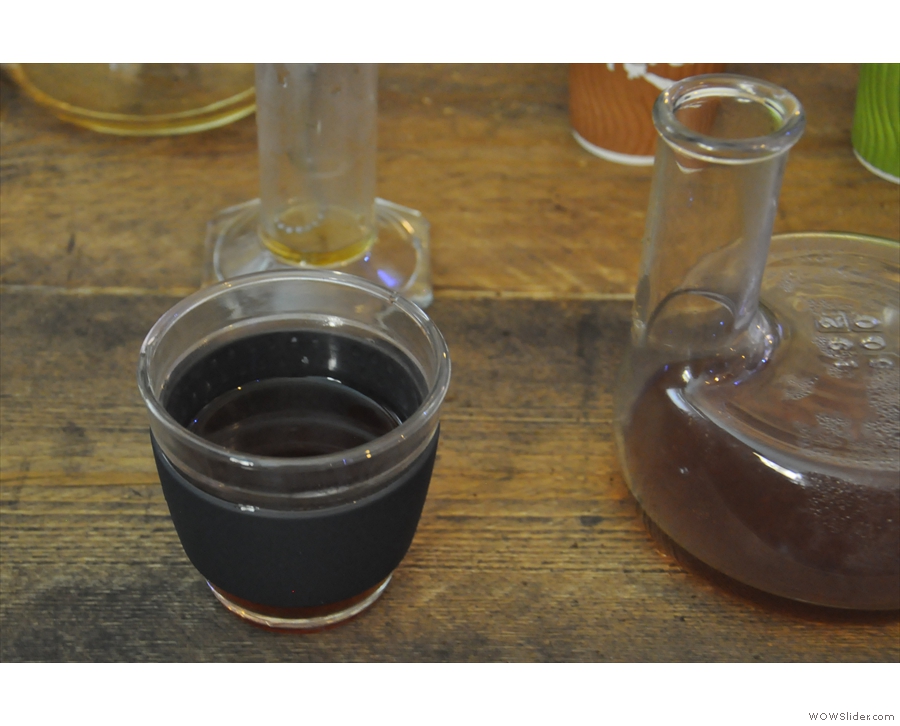
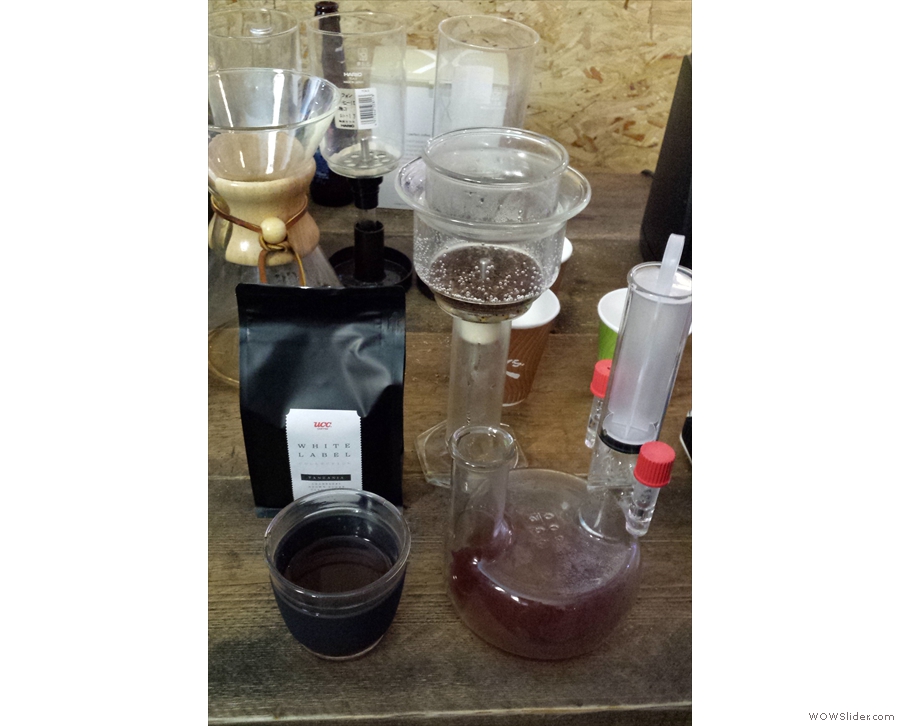
 1
1 2
2 3
3 4
4 5
5 6
6 7
7 8
8 9
9 10
10 11
11 12
12 13
13 14
14 15
15 16
16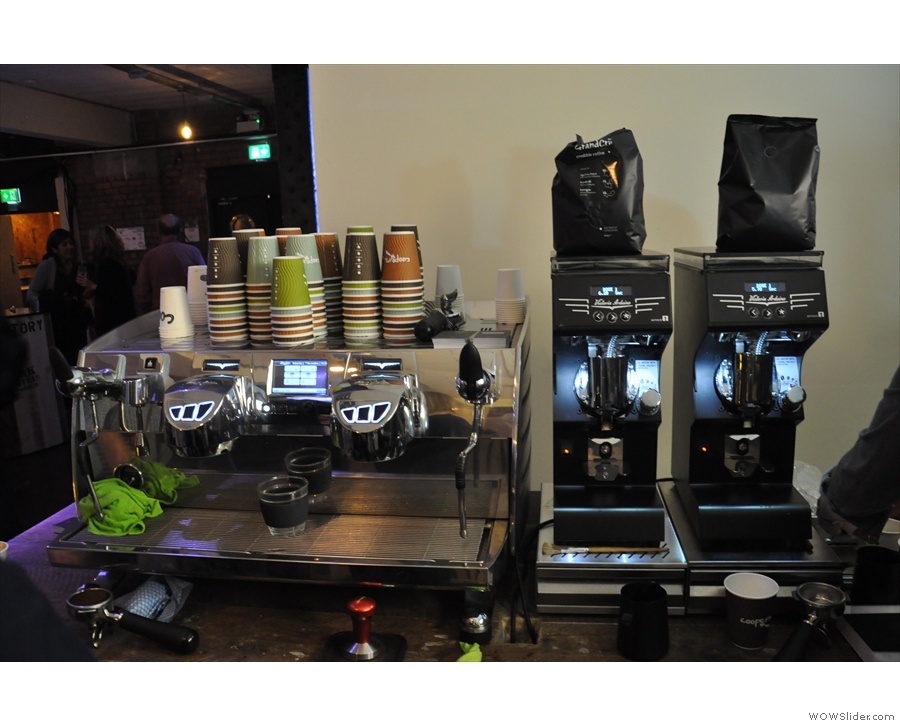
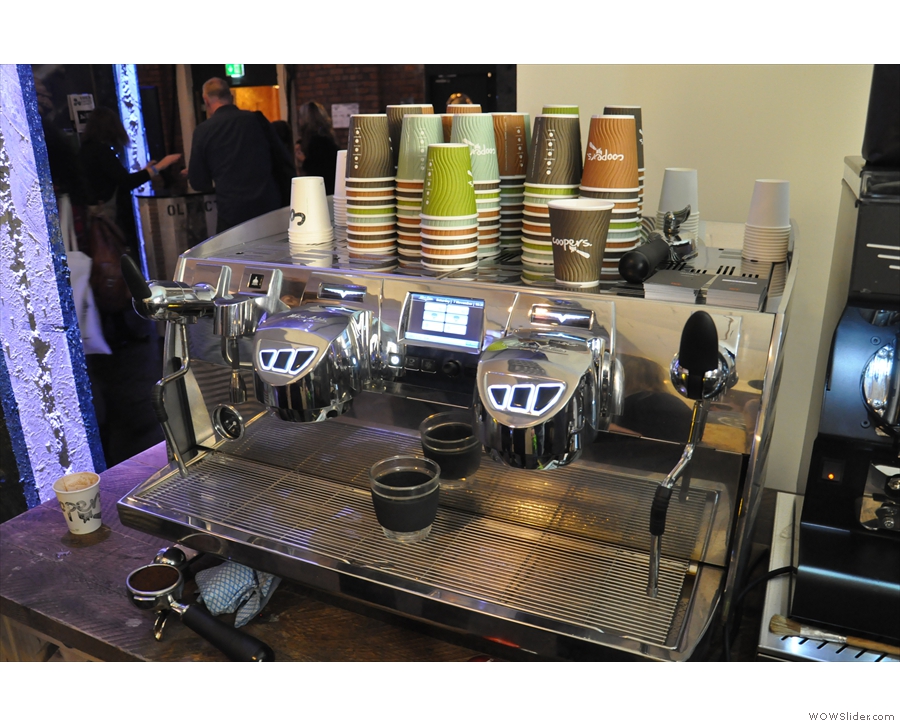
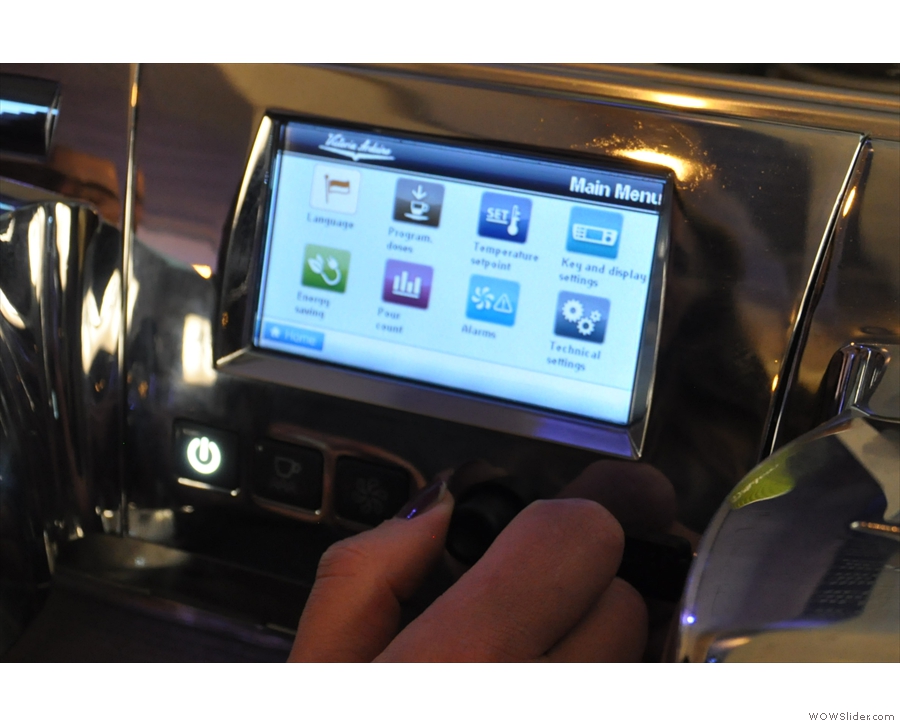
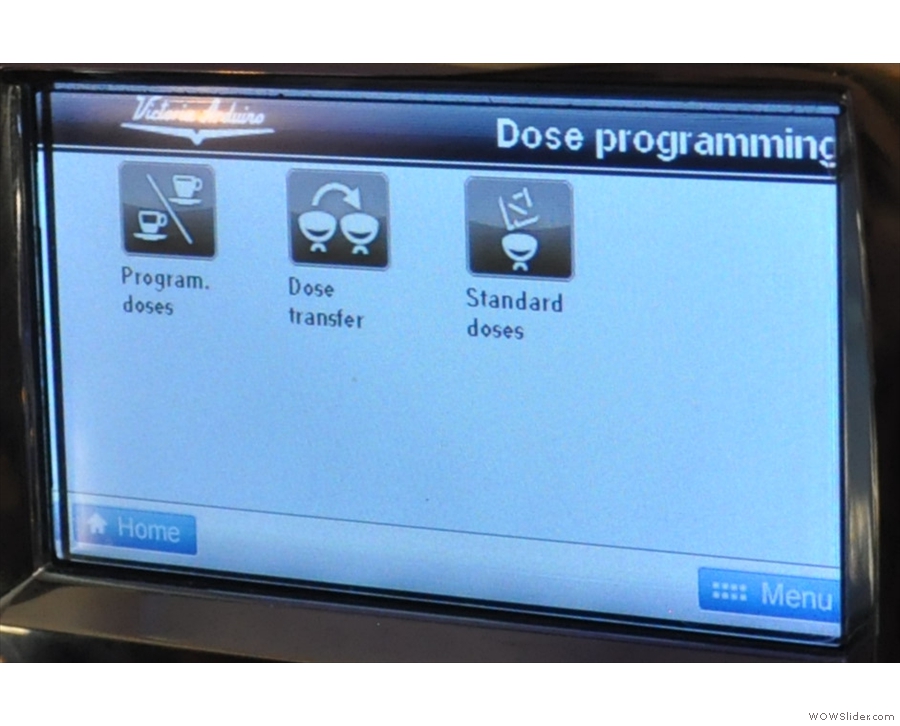
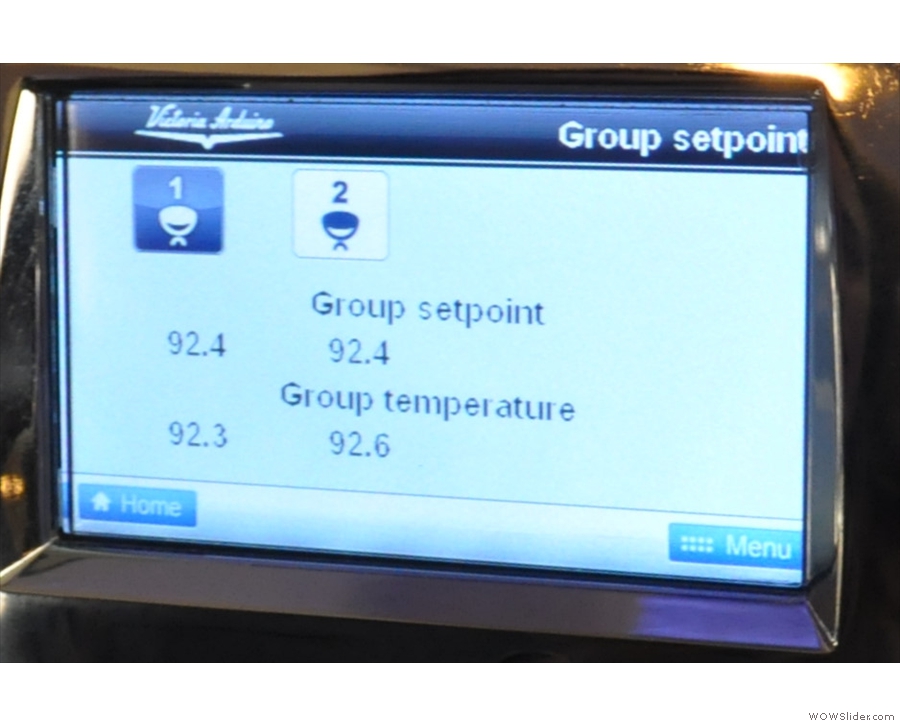
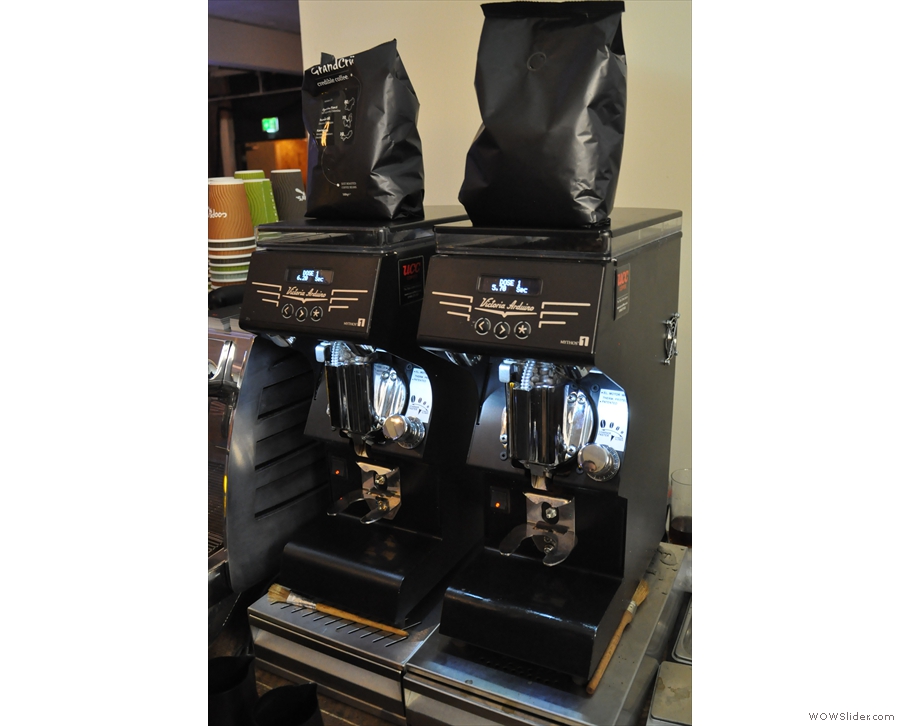
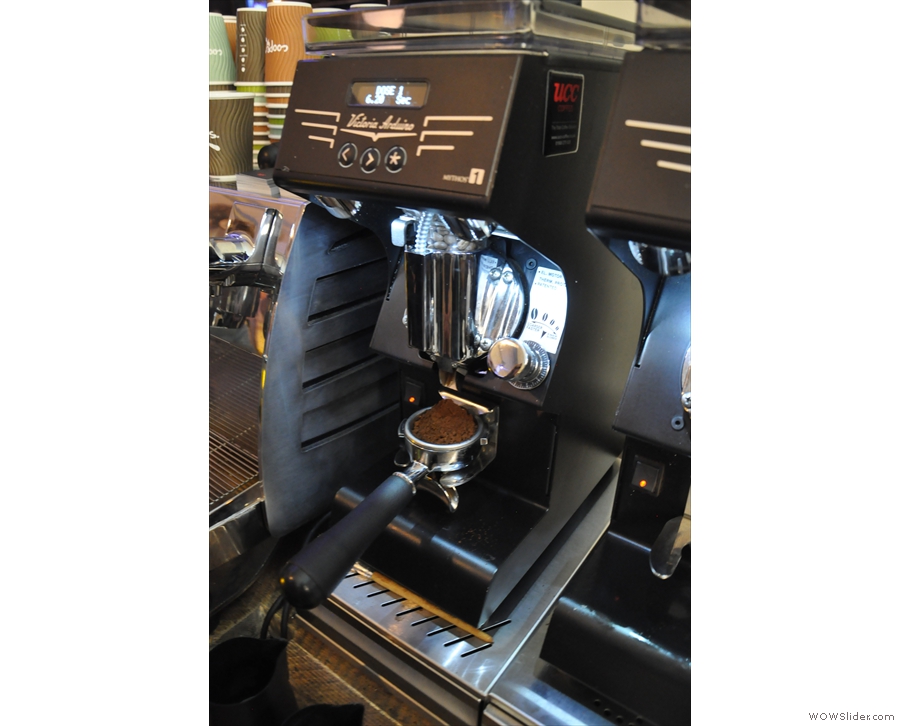
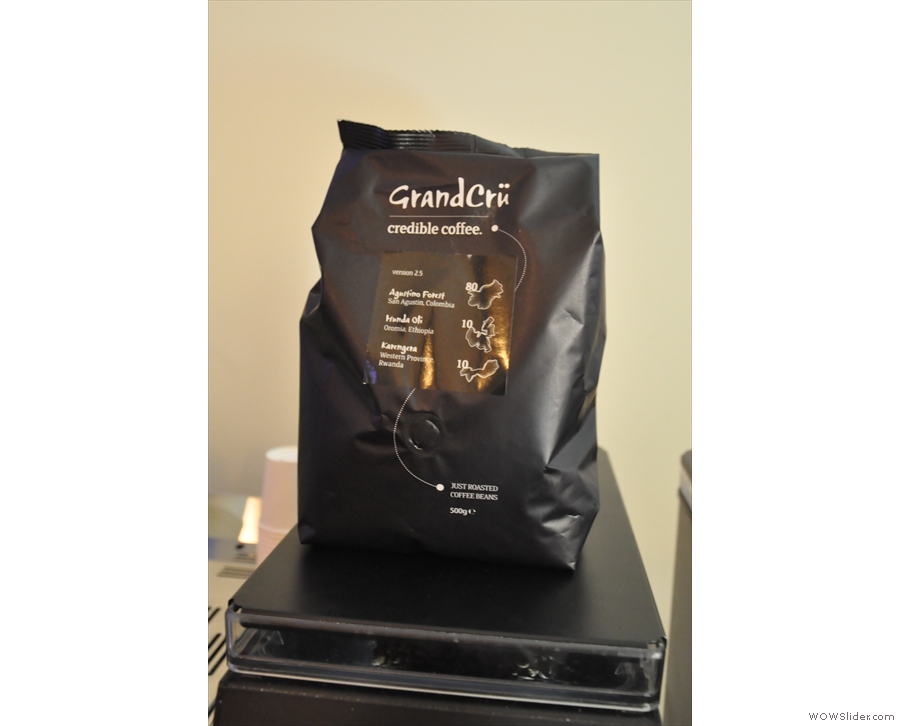
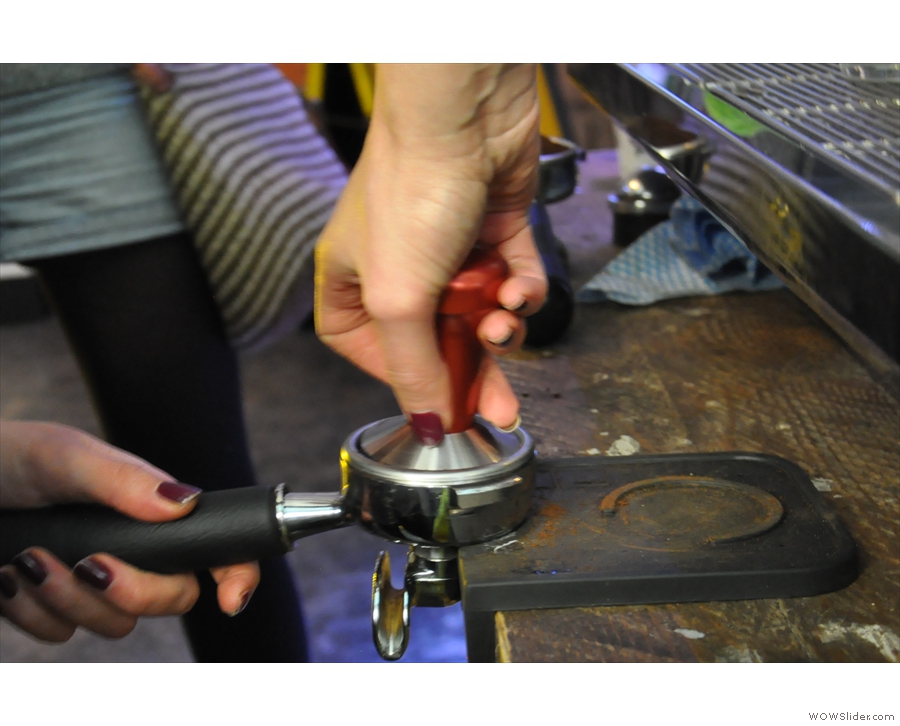
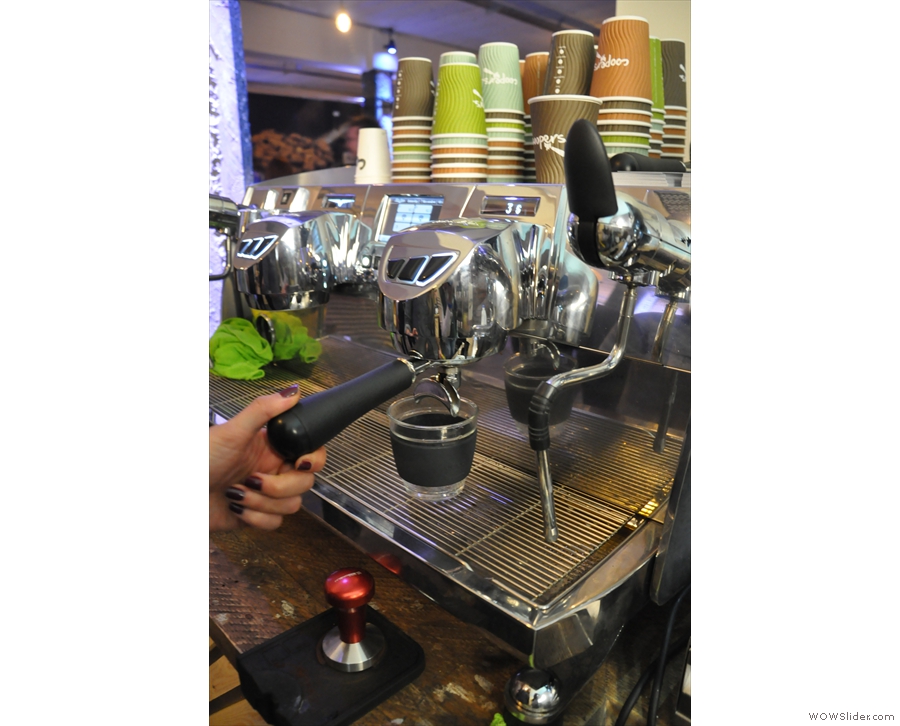
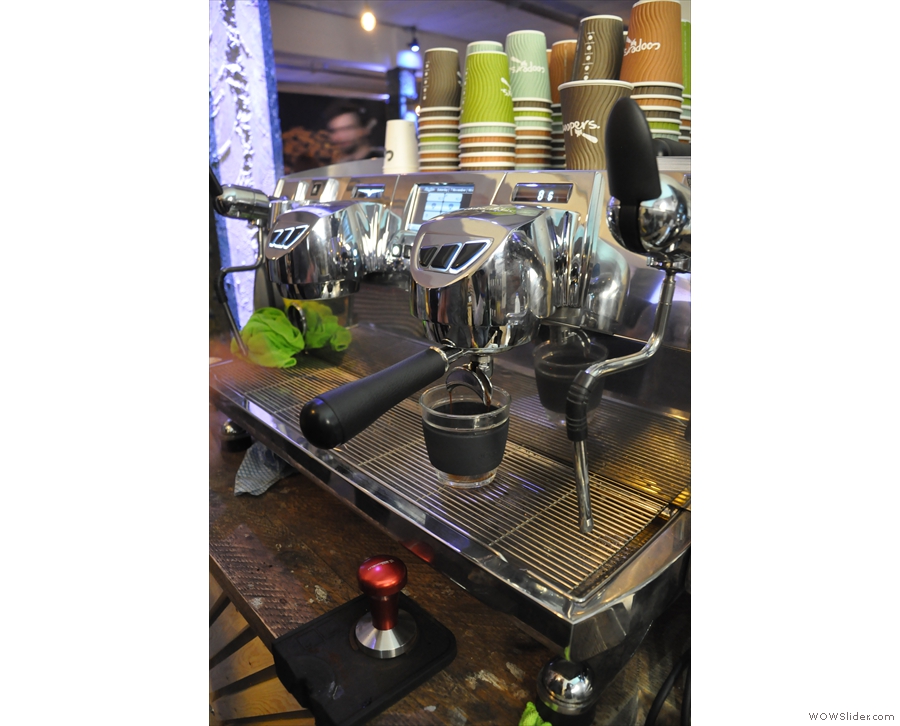
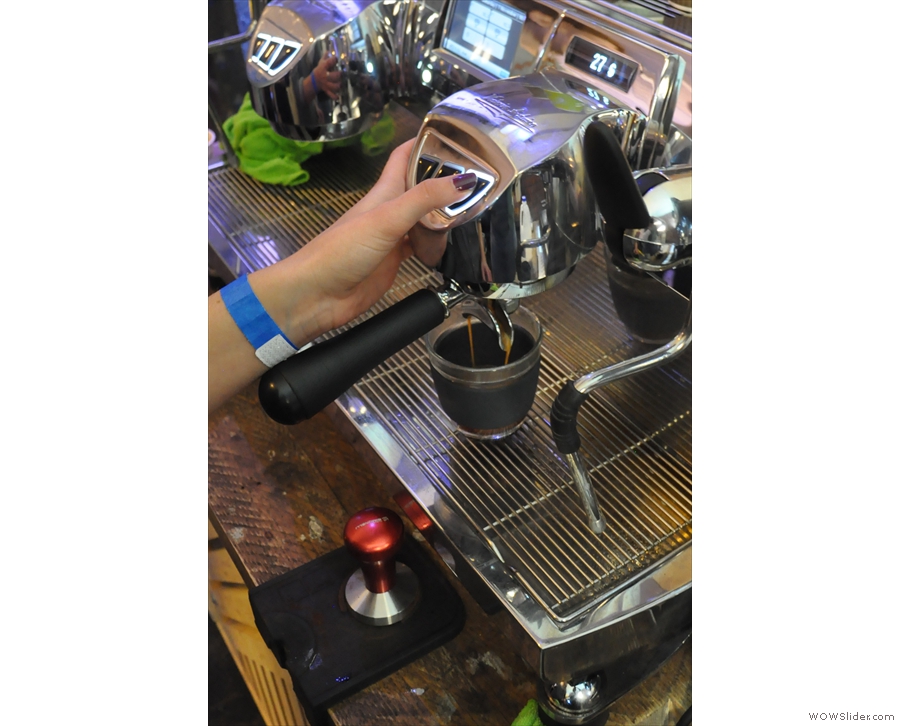
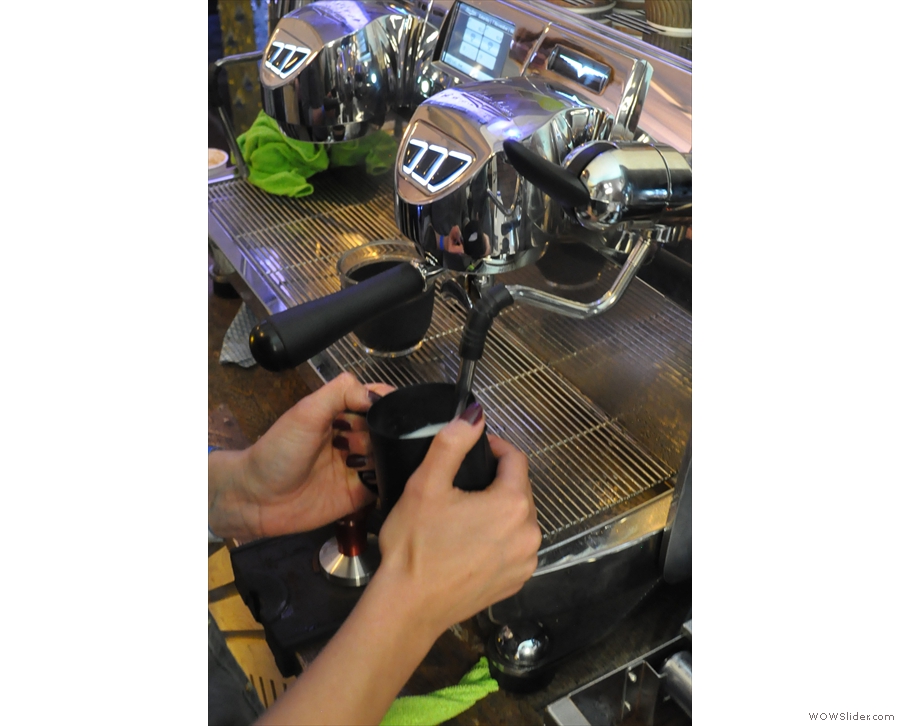
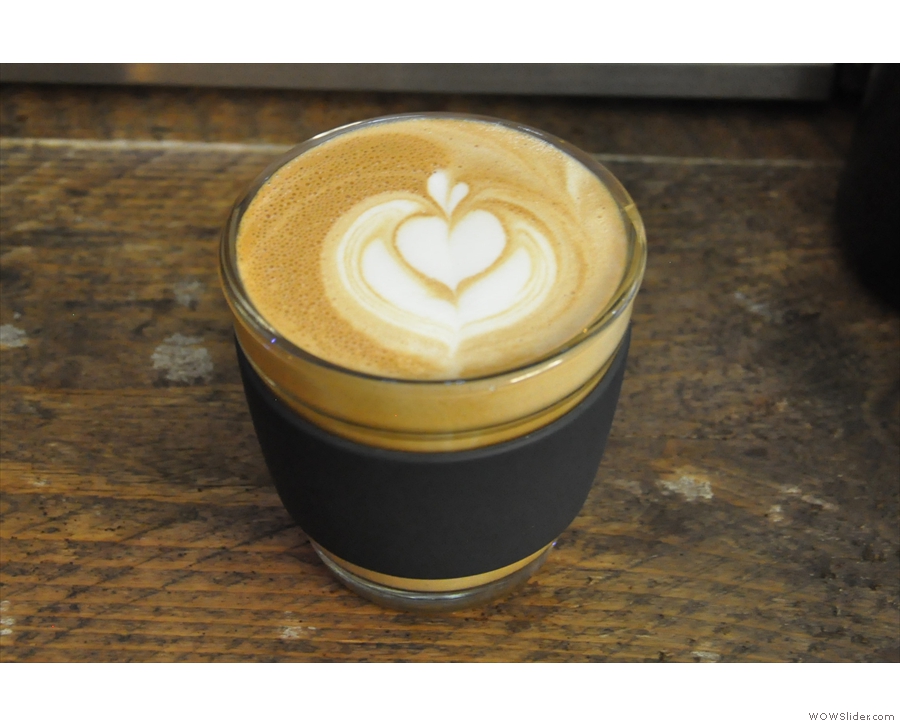
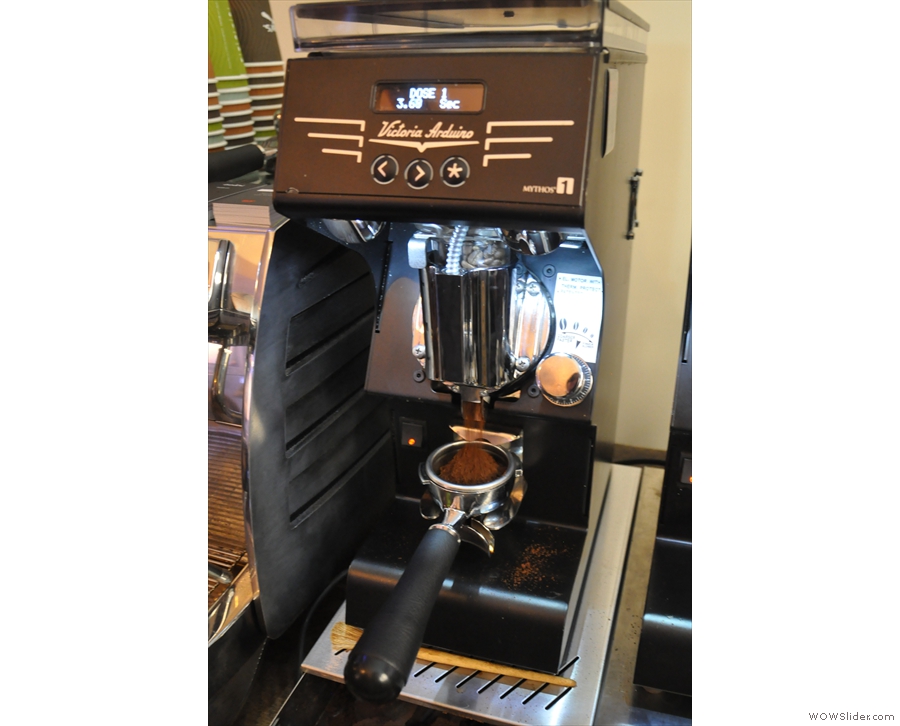
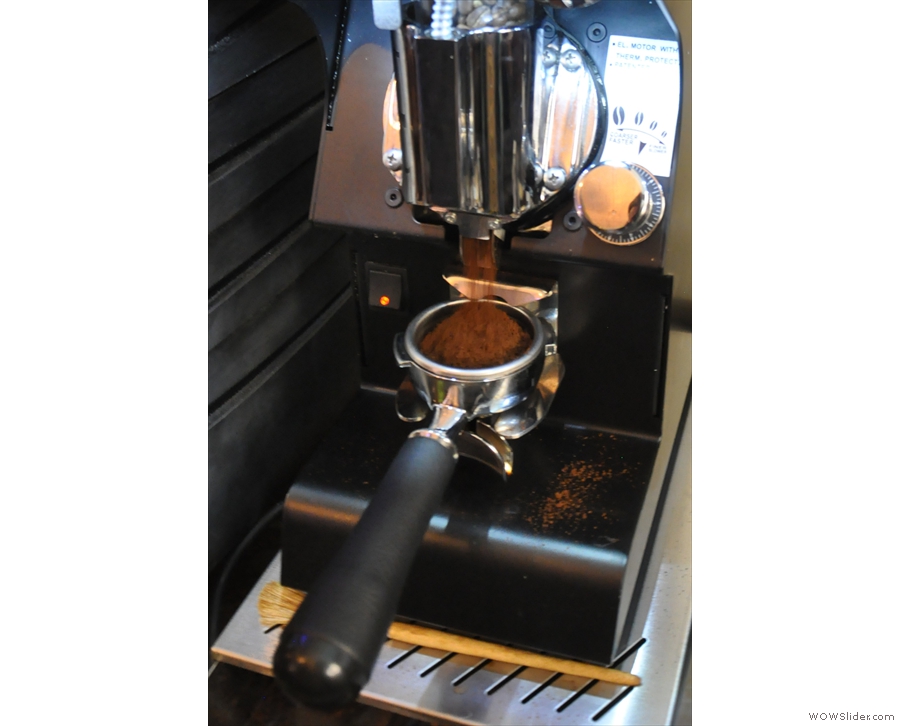
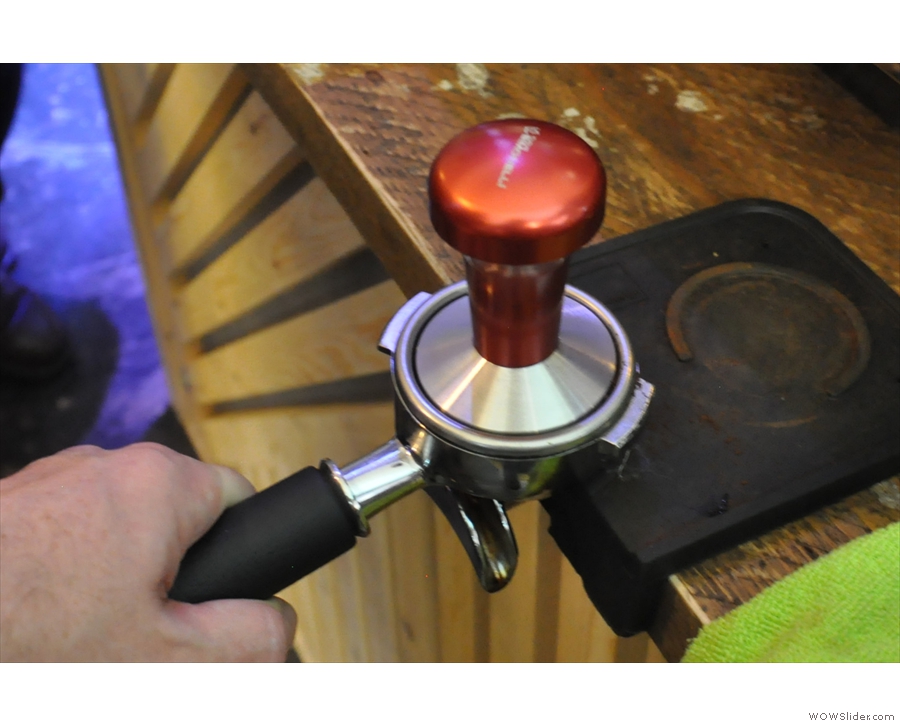
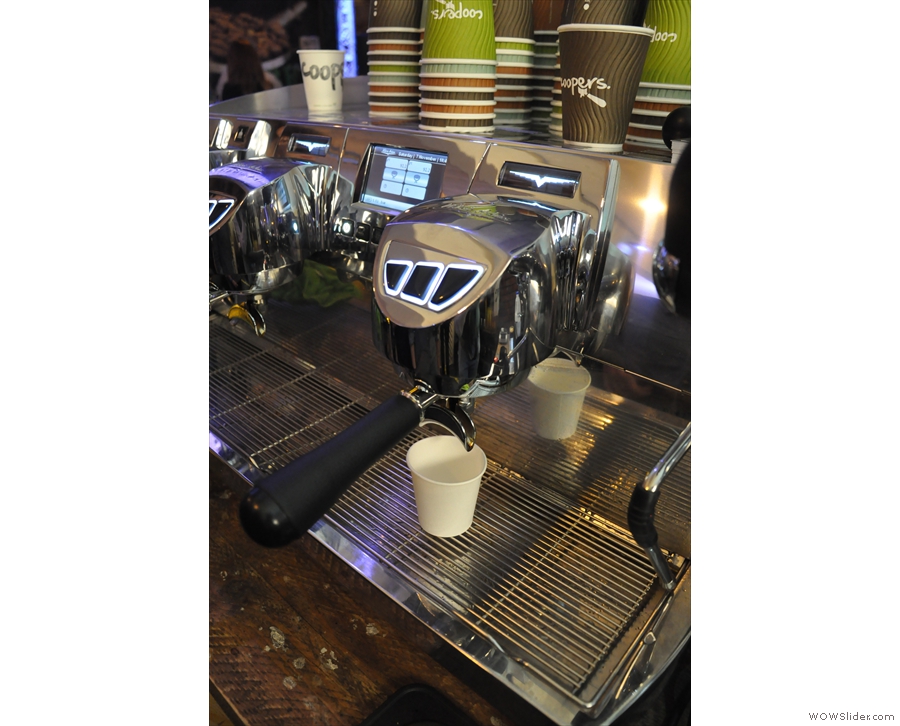
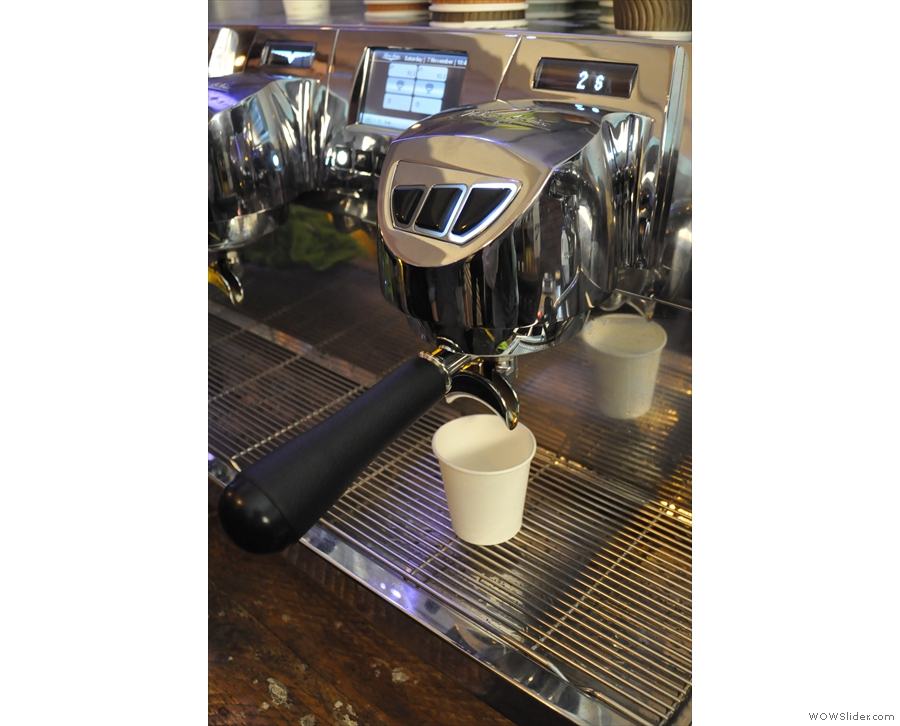
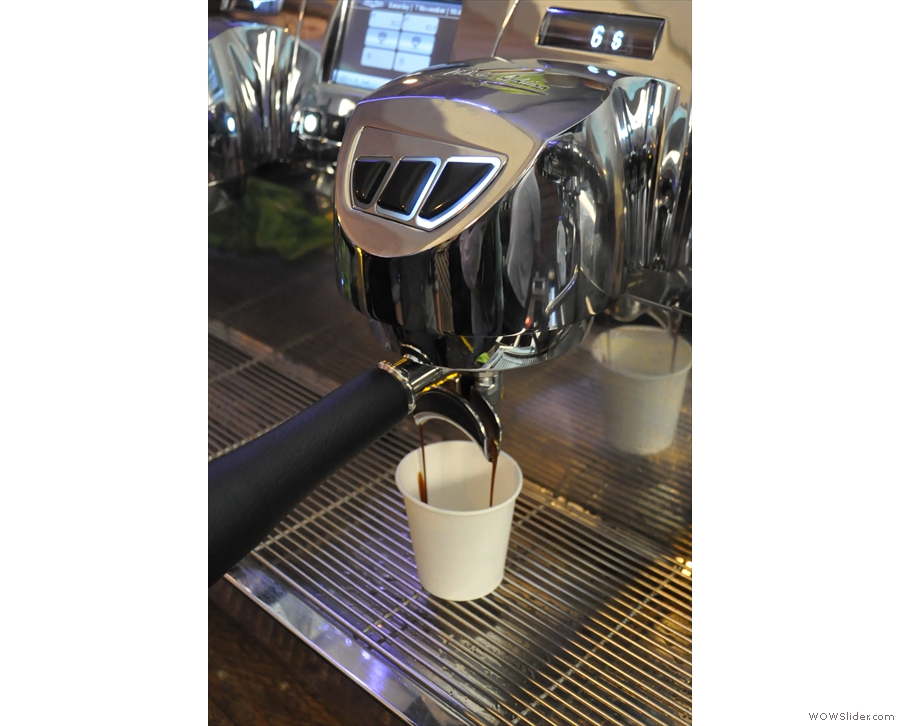
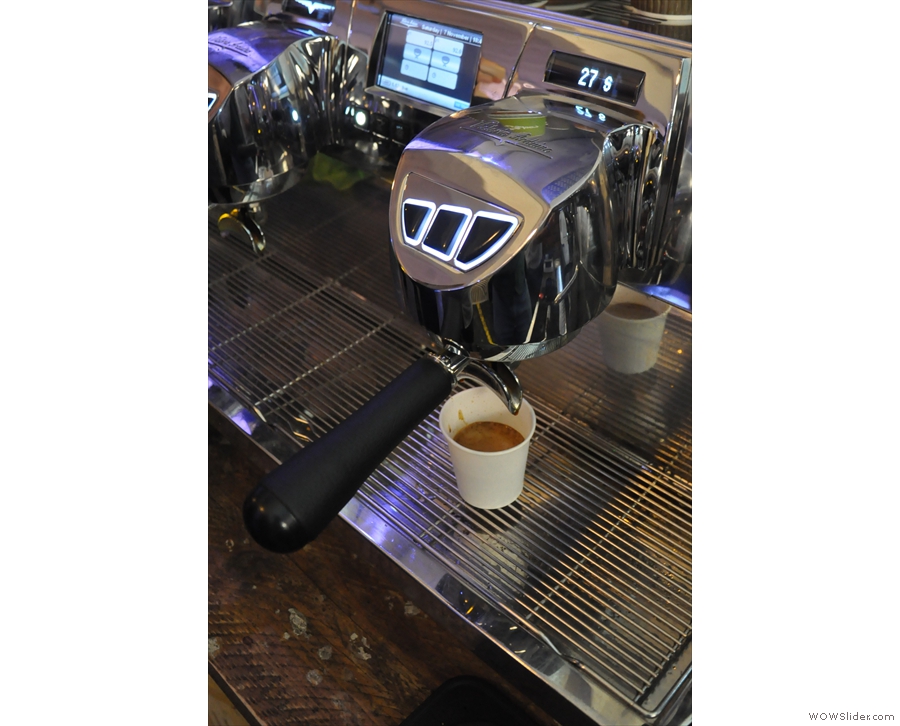
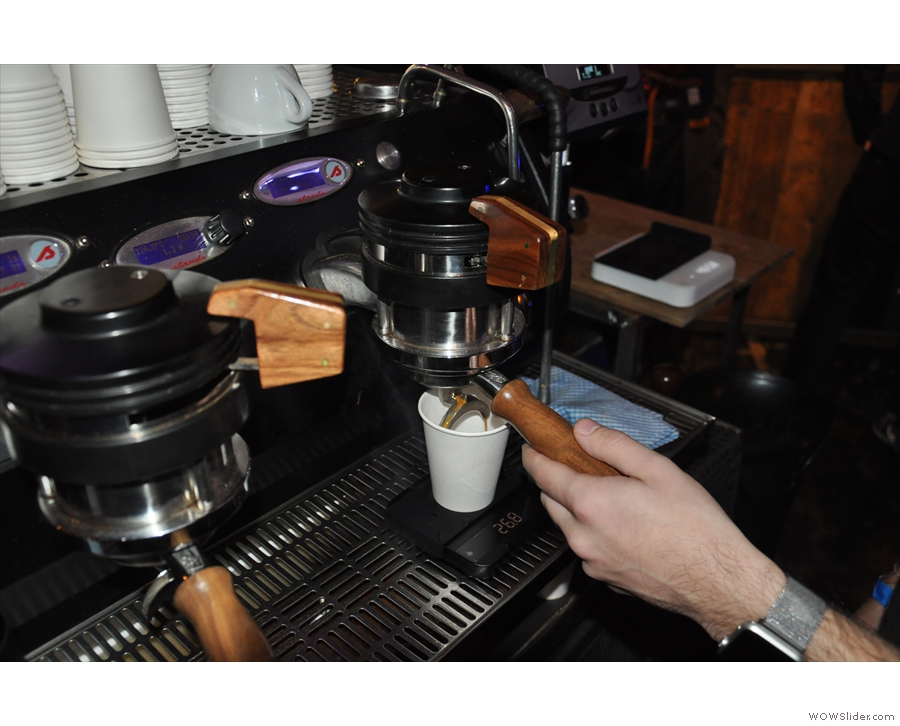
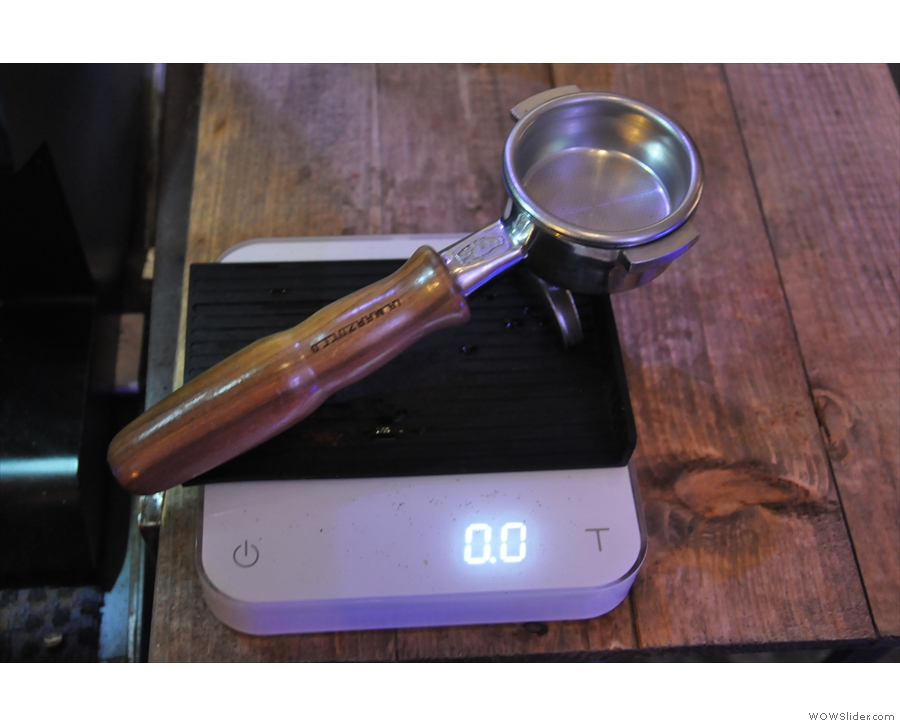
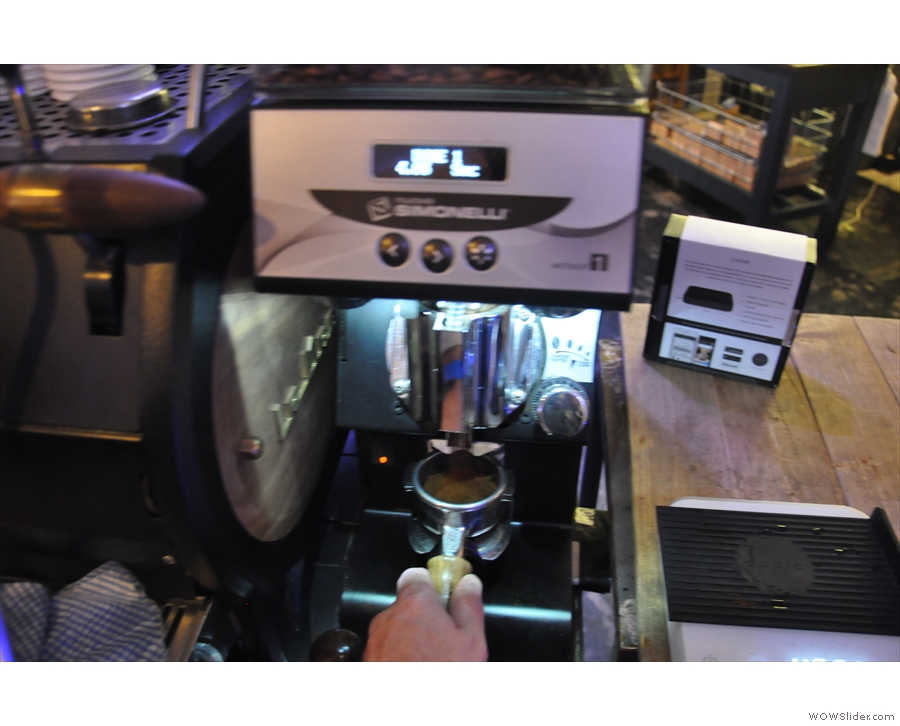
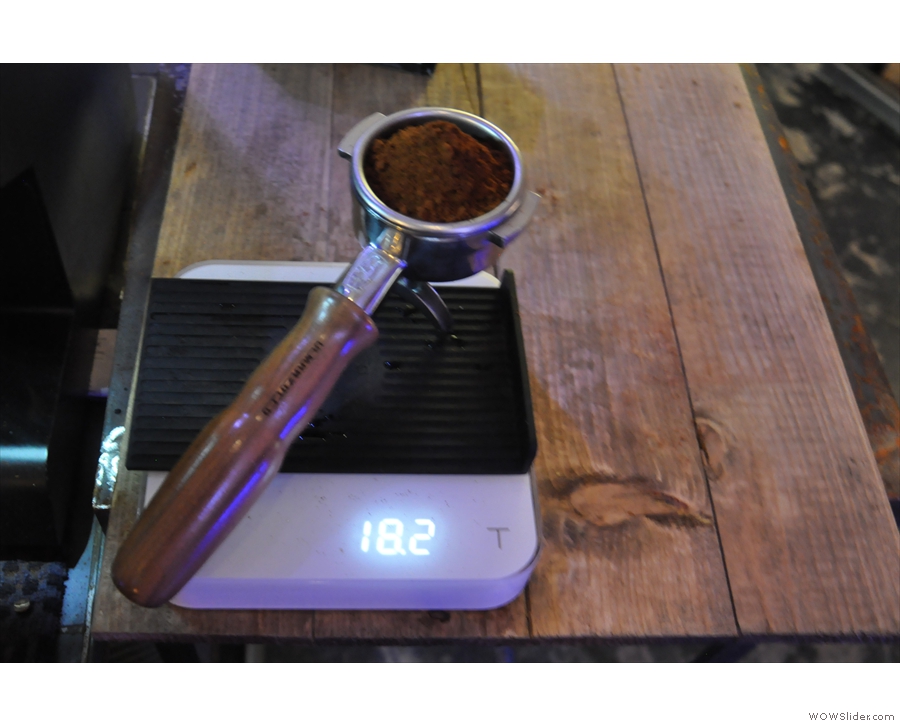
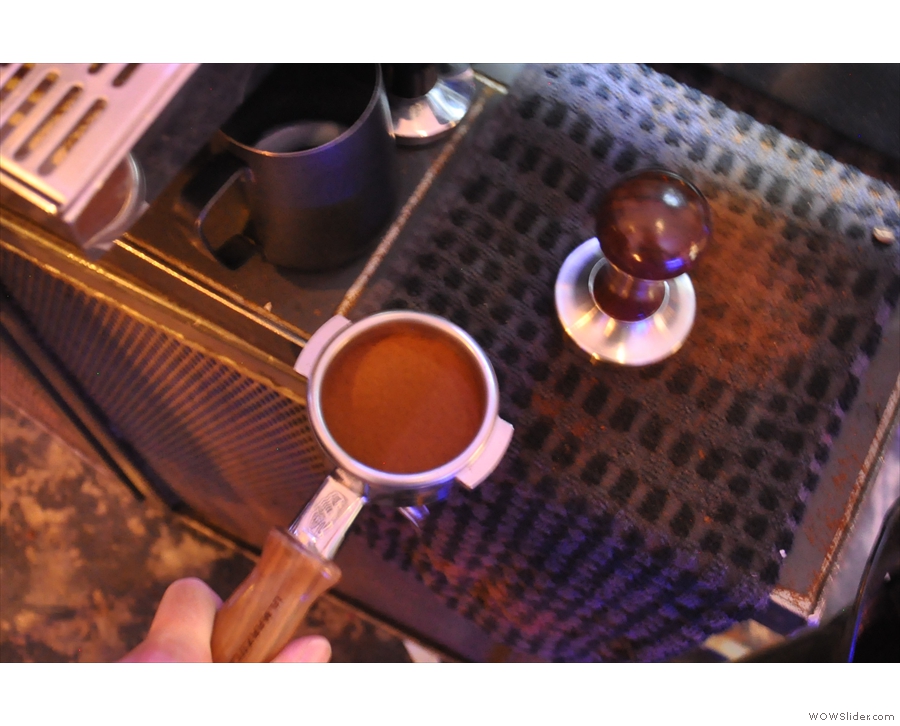
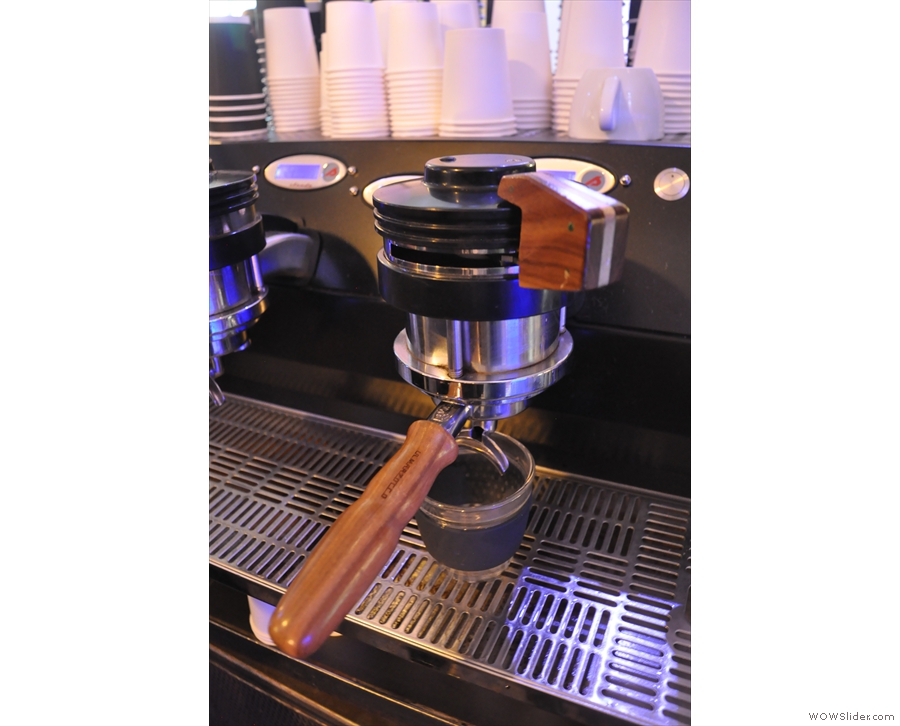
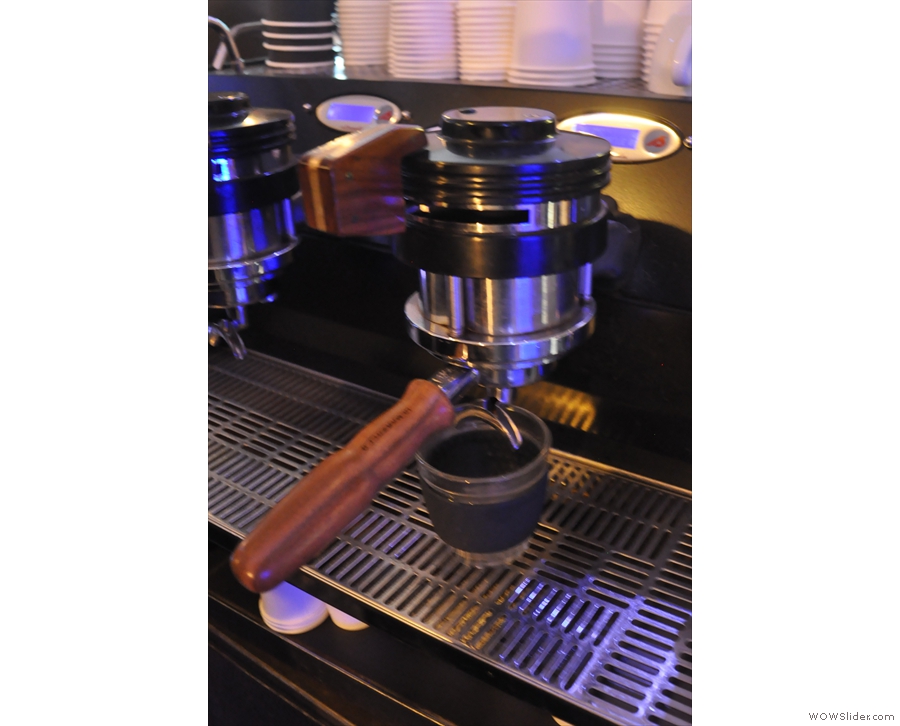
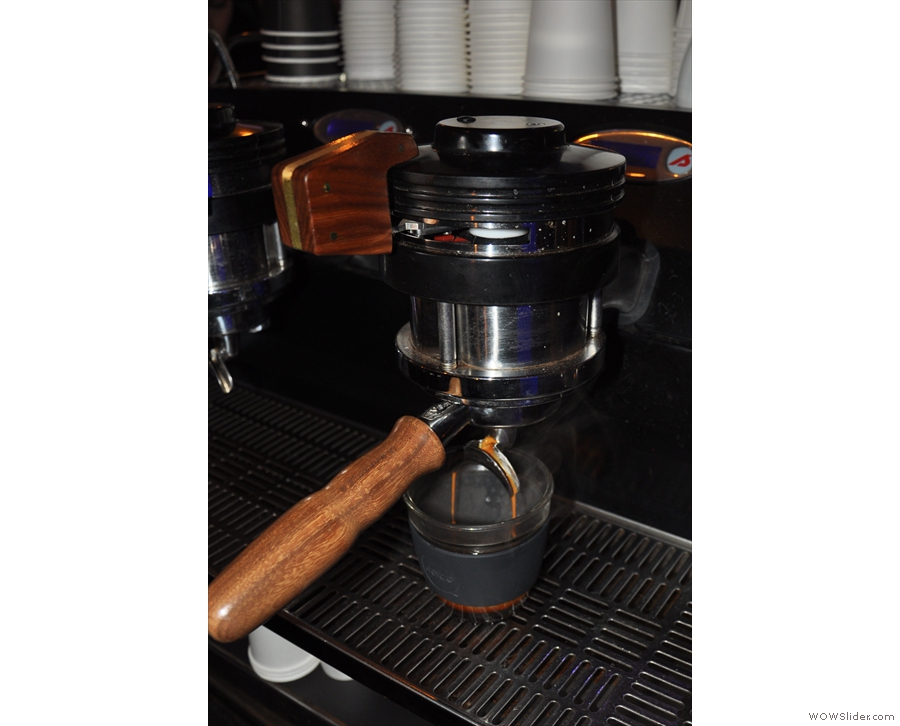
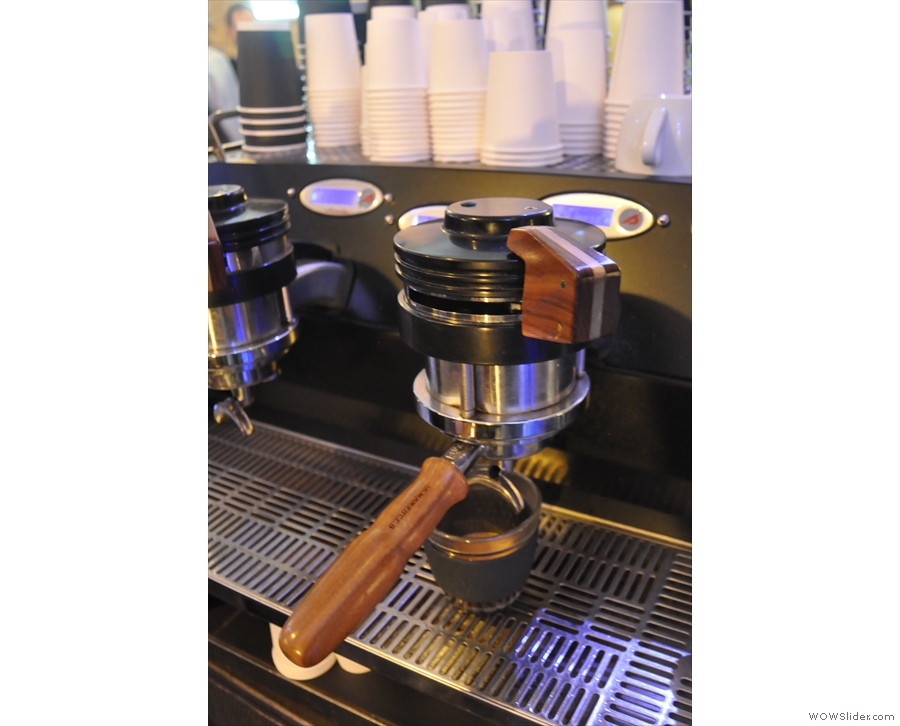
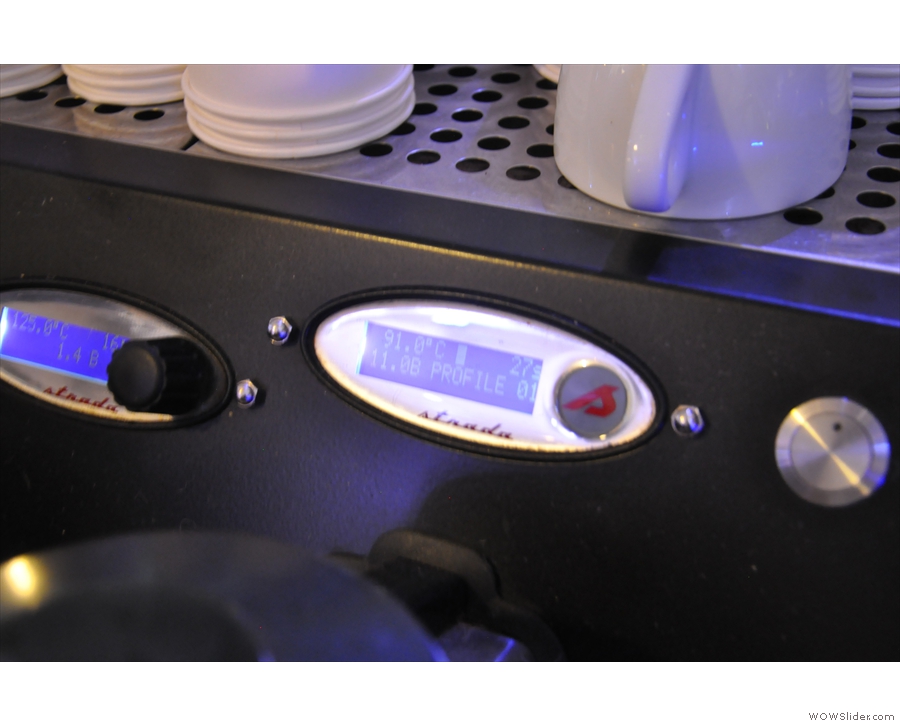
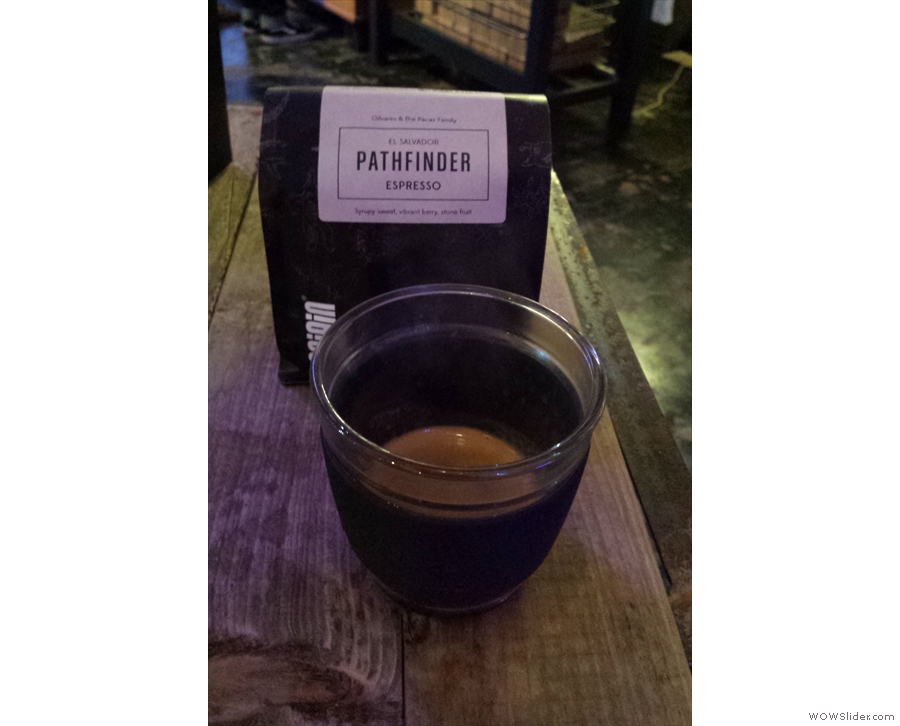
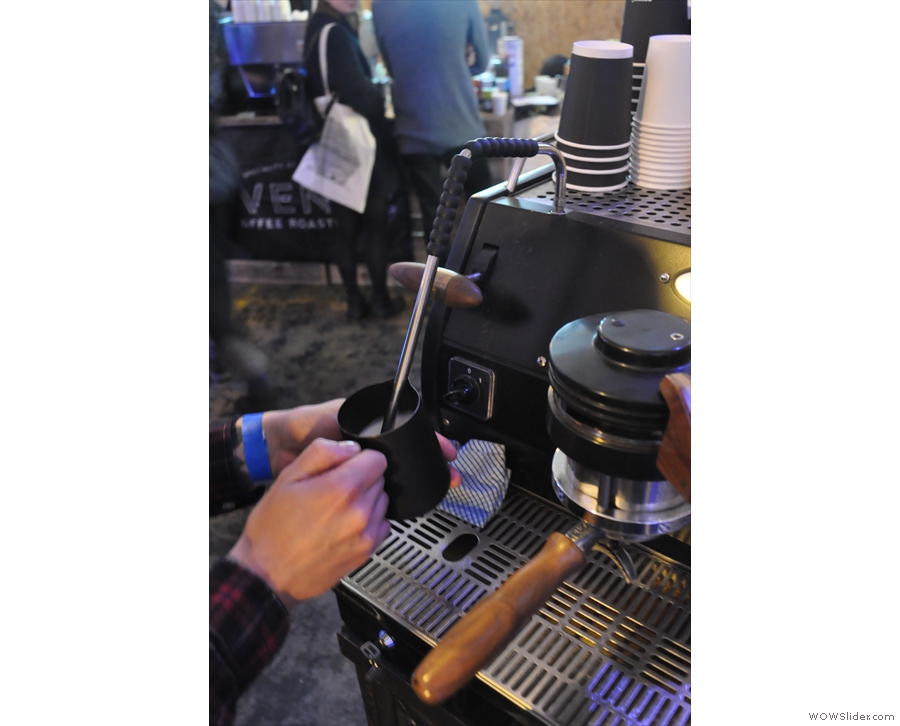
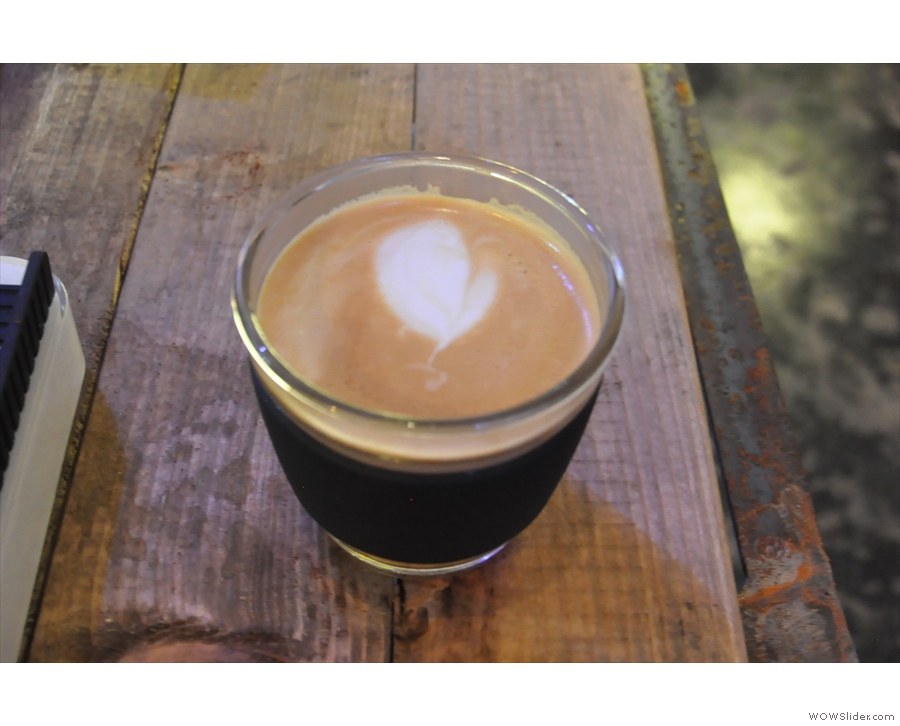
 1
1 2
2 3
3 4
4 5
5 6
6 7
7 8
8 9
9 10
10 11
11 12
12 13
13 14
14 15
15 16
16 17
17 18
18 19
19 20
20 21
21 22
22 23
23 24
24 25
25 26
26 27
27 28
28 29
29 30
30 31
31 32
32 33
33 34
34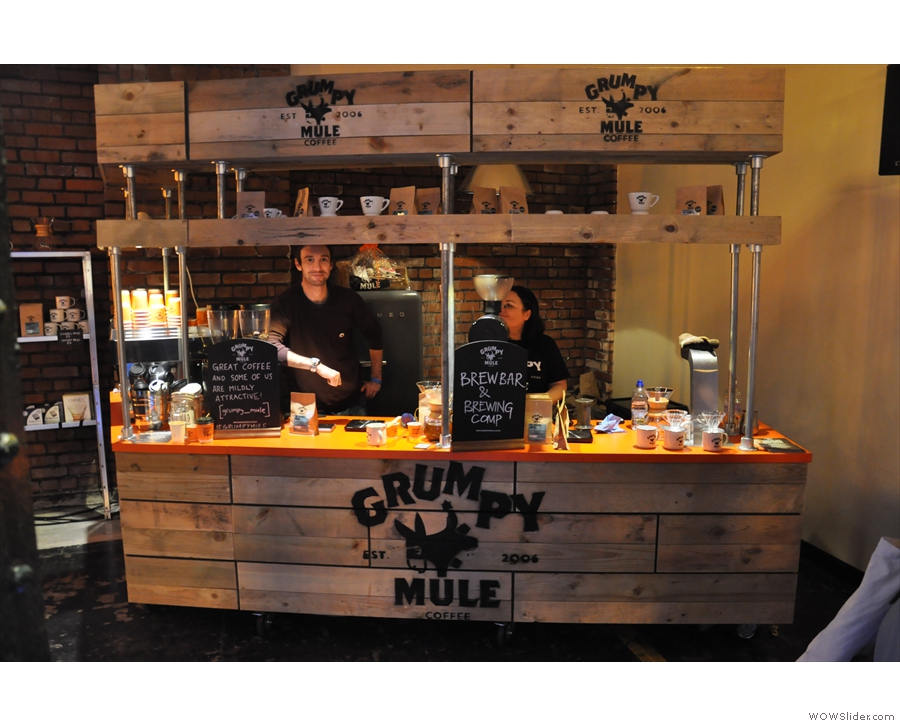
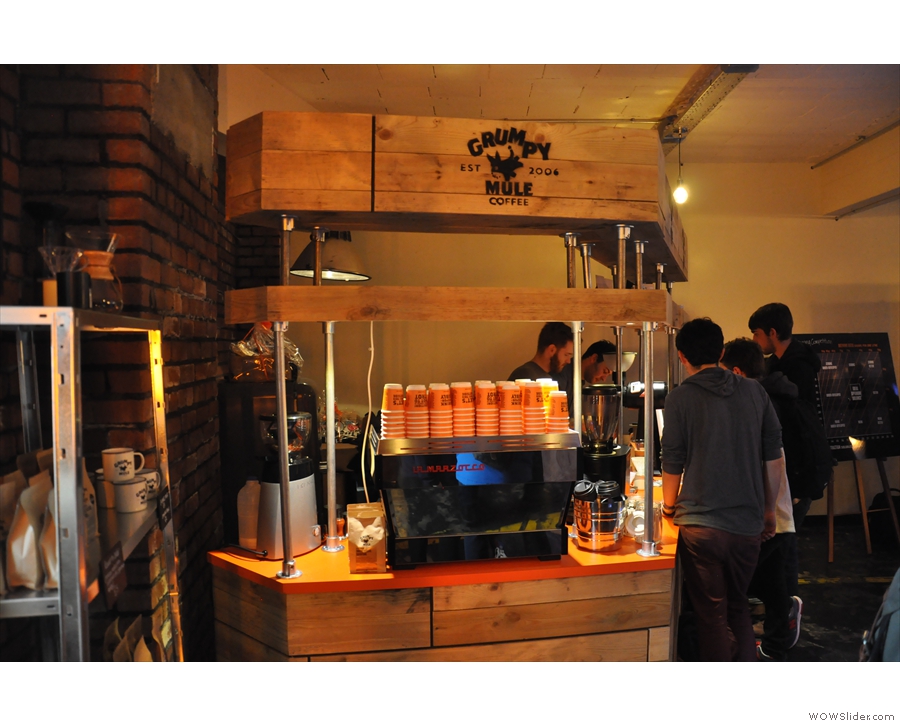
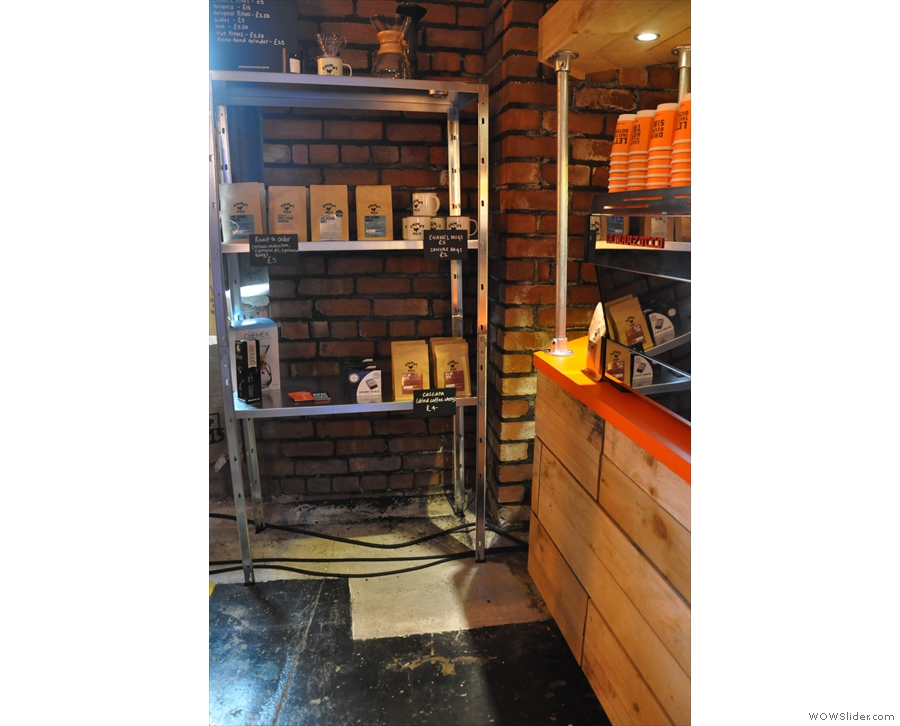
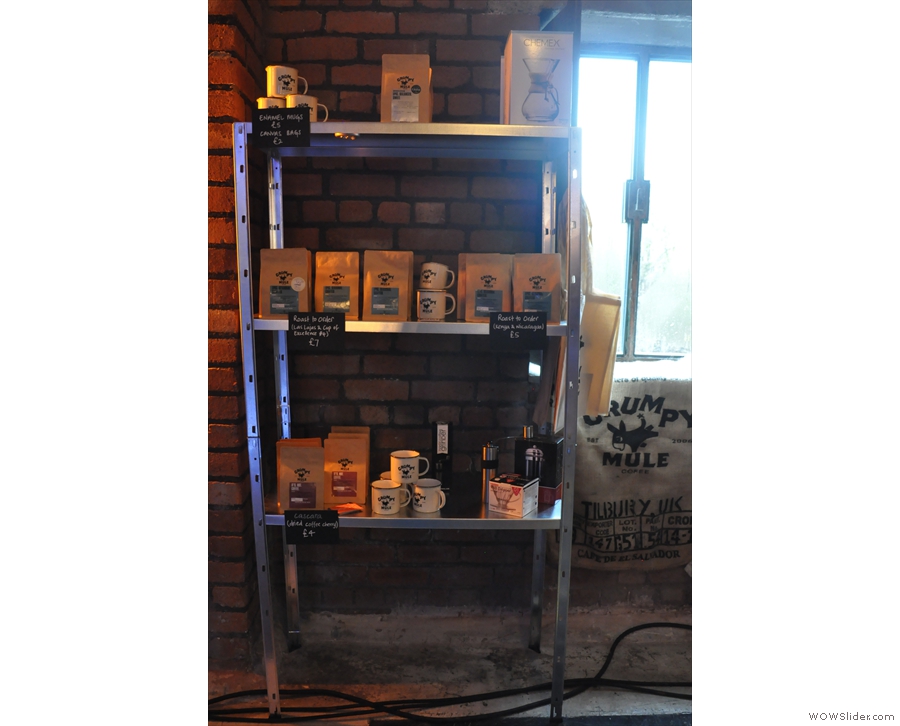
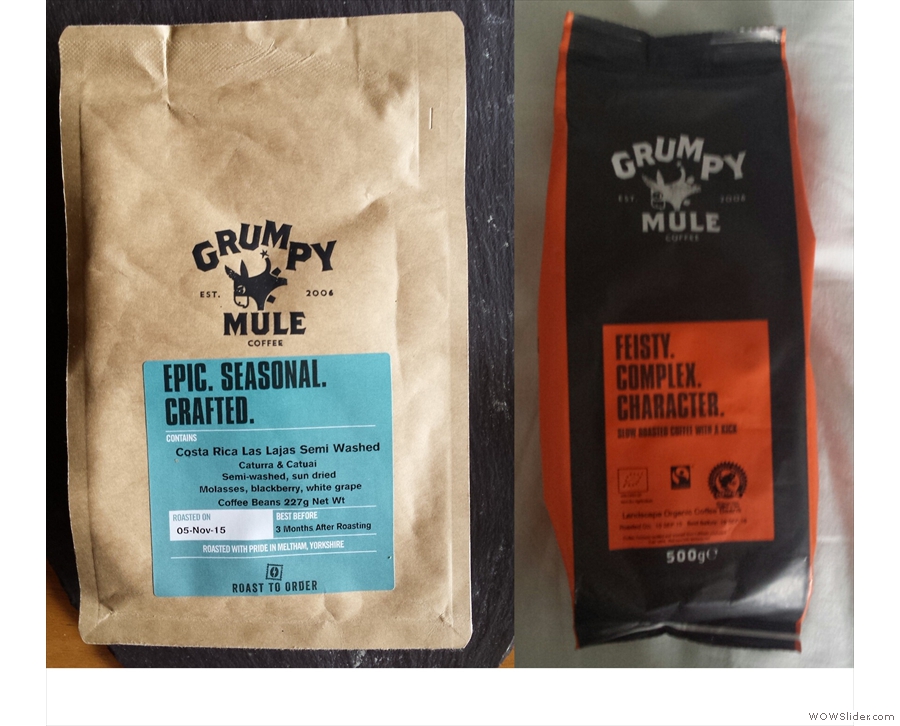
 1
1 2
2 3
3 4
4 5
5
Pingback: Cup North 2015 Part I | Brian's Coffee Spot
Pingback: Cup North 2015 Part III | Brian's Coffee Spot
Pingback: Manchester Coffee Festival 2016 Part II – Meet the Roasters | Brian's Coffee Spot